-webp.webp)
Places In Egyptian Mythology
Egypt spells magic in many awe-inspiring ways, but the pyramids, the temples, and the gods who inhabited this ancient land are the focal points. During the time of creation and when divine beings roamed the earth, Egypt’s roots were established. Therefore, many places in Egyptian mythology are associated with the era of the gods’ presence on earth. Also, temples were scattered everywhere, and large-scale festivals were held to ensure that the people living in the cities remained connected to the world of spirits.
Every corner of ancient Egypt has mythological tales woven into its stones, creating a rich tapestry of faith and symbolism. For travelers eager to connect with the sacred places of ancient Egypt, this journey through these sites will leave you enchanted and inspired.
Egypt’s Gods and Where to Find Them
There are many gods and goddesses in Egyptian mythology, with many of them being associated with certain cities, temples, and territories. Egyptians believed that their gods physically dwelled among them on earth. Also, led to the creation of enormous temples, sanctuaries, and sacred spaces dedicated to the gods. Such locations were not only religious institutions but also administrative, intellectual, artistic, and architectural centers. These houses of gods and cities are quite a number and many still exist today, which helps one to interact with history. Visiting these cities is to travel not only through time but also through mythological landscapes about gods and pharaohs.
Ra, the Creator God, and the Temple of Heliopolis
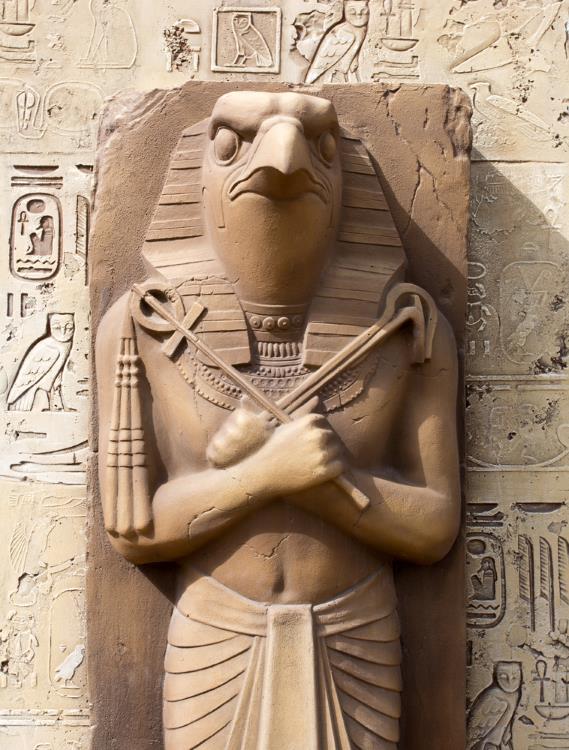
The sun god, Ra, was thought to preside over the earth and the heavens as well. The most prominent worship of Ra, however, was in Heliopolis, whose remains are just outside modern-day Cairo. According to places in Egyptian mythology, the Temple of Heliopolis of the gods was considered among the greatest spots, as it was the beginning of all creation. He came forth, so the story goes, from the waters of the Nun, and lit up the darkness with his light to create the heavens and the earth.
Studying astronomy, celestial body movements, and the sun’s cycle, the priests of Heliopolis had a crucial function in performing rituals. Not much remains of the temple today, but the location seems to have kept some appeal for those interested in Egypt’s formative period as far as religion is concerned. Therefore, travelers to Heliopolis can reflect on the significance of the sun’s cycle, which shaped Egyptian life and gave rise to Egyptian creations and legends of rebirth.
Sobek, God of the Nile in Kom Ombo Temple
The Temple of Kom Ombo is a unique structure dedicated to Sobek, the crocodile-headed god, and Horus, the falcon god. Sobek was a god of fertility and strength, revered as the guardian of the Nile River, which was essential for Egypt’s prosperity. Ancient Egyptians believed that Sobek’s presence ensured the smooth flow of the river and the fertility of the land, protecting crops from drought and providing food for the people.
Kom Ombo stands out from other Egyptian temples because it houses two separate temples, one for Sobek and another for Horus. Visitors can view the rich illustrations as a magnificent sculpture of ancient priests conducting the functional aspect of alien religion engraved onto it; there are even idols and ancient surgery items depicted. Also, the on-site crocodile museum has mummified crocodiles, two of which were holy beasts. When visiting Kom Ombo, the tour guide explains the theology of the gods and Egypt’s symbiotic relationship with nature, which relied on the Nile for daily activities.
The Cat Goddess, Bastet, City of Bubastis
Bubastis was the city built in honor of Bastet who was the goddess of fertility, joy, and protection. It was a more lioness in her fierce form, which represented Bastet when angry, but Bastet was a domestic cat in her milder forms. The Temple of Bastet in Bubastis offered visitors colorful songs, dances, and food, creating a cheerful ambiance that filled the temples. People who lived in Egyptian parts of the Nile basin trekked towards Bubastis to enjoy the honoring goddess Baste’s social celebrations.
Cats were considered the ‘god’ sacred animal, which encompassed Bastet’s spirit within her. When a cat was killed, even by mistake, it was considered a heinous crime that deserved the death penalty. Today, the temple, Bubastis, still offers a unique aspect and allows the visitors’ imaginations before temple destruction to honor of goddess Baste, overflowing with splendor. The Bright Lights and active Cat Goddess’s temples still resonate from around the temples’ beautiful remnants today.
Horus, God of the Sky, and the Temple of Edfu
Dedicated to Horus, the Edfu Temple is yet another remarkable temple structure featuring divine king protection symbolism courtesy of the Egyptian heavenly god. According to Hyksos mothers, Isis and Osiris bore him as a son. Hamizing’s death was a pivotal event in the raising up of him, and Horus hunted down Set, the god of chaos, who had caused his father Osiris’s death. Indeed, the war that took place between Horus and Set holds significant meaning; it symbolizes the Egyptian belief in the existence of order and disorder within a society and principles.
The Temple of Edfu is one of the oldest standing monuments in Egypt, and its still-standing doors further explain the religion around Horus. Tourists can enjoy the expansive open spaces, pillars, and murals of the Temple of Edfu, which depict the celestial civil war between Smite and Set. Other houses of God elevate the status of Horus characters as the only deities of the Pharaoh, ensuring the occupied monarch’s reign coincided with the underlying Spirit’s rulers. The site of Edfu evokes in travelers the timeless narratives of power, justice, and kingship of ancient Egypt.
The Theban Triad and the Karnak Temple Complex
The Karnak Temple Complex of Luxor is one of the most impressive religious places ever known, built in honor of the Theban Triad–Amun, Mut, and Khonsu. The worshippers honored the king of deities with his wife Mut and son, the moon God Khonsu. Both religious and political in scope, the priests of Karnak also performed divine service anytime there was a need to maintain a balance between the deities and the earth.
This temple complex features towering obelisks and columns along with a sacred lake where priests bathed to purify themselves before performing the rituals. Annually, the Opet Festivals mark the epoch when statues of the gods were taken in a grand procession from Karnak to the Luxor Temple. It is possible to feel the spiritual side of Karnak temple, as well as the arch architectural legacy of Egyptians. That’s where kings and pharaohs had great care and nurtured their religion forever.
Isis, the Goddess of Birth, and Philae Temple
On an island in the Nile River is located the Philae Temple, which is dedicated to Isis, one of the most famous goddesses worshiped among the Egyptians’ pantheon. She was regarded in various functions as a mother, healer, and protector, even assisting in the resurrection of her husband Osiris and bringing up their son Horus. As such, the Temple of Philae became a site of pilgrimage for those who wished to be healed and blessed by the goddess of Isis.
The island setting of Philae enhances the mystery of the temple because the surroundings also seem tranquil and are almost bar from the world. Many sculptures adorn the temple, showcasing intricate details and inscriptions that depict the imagery and powers associated with God’s Mother. These sculptures offer guests a captivating and enlightening experience in the ancient capital of Egypt. Thus, a boat tour to Philae allows the tourists to inhale the surrounding magic and calmness of the sanctuary.
Ancient Egypt Bucket List
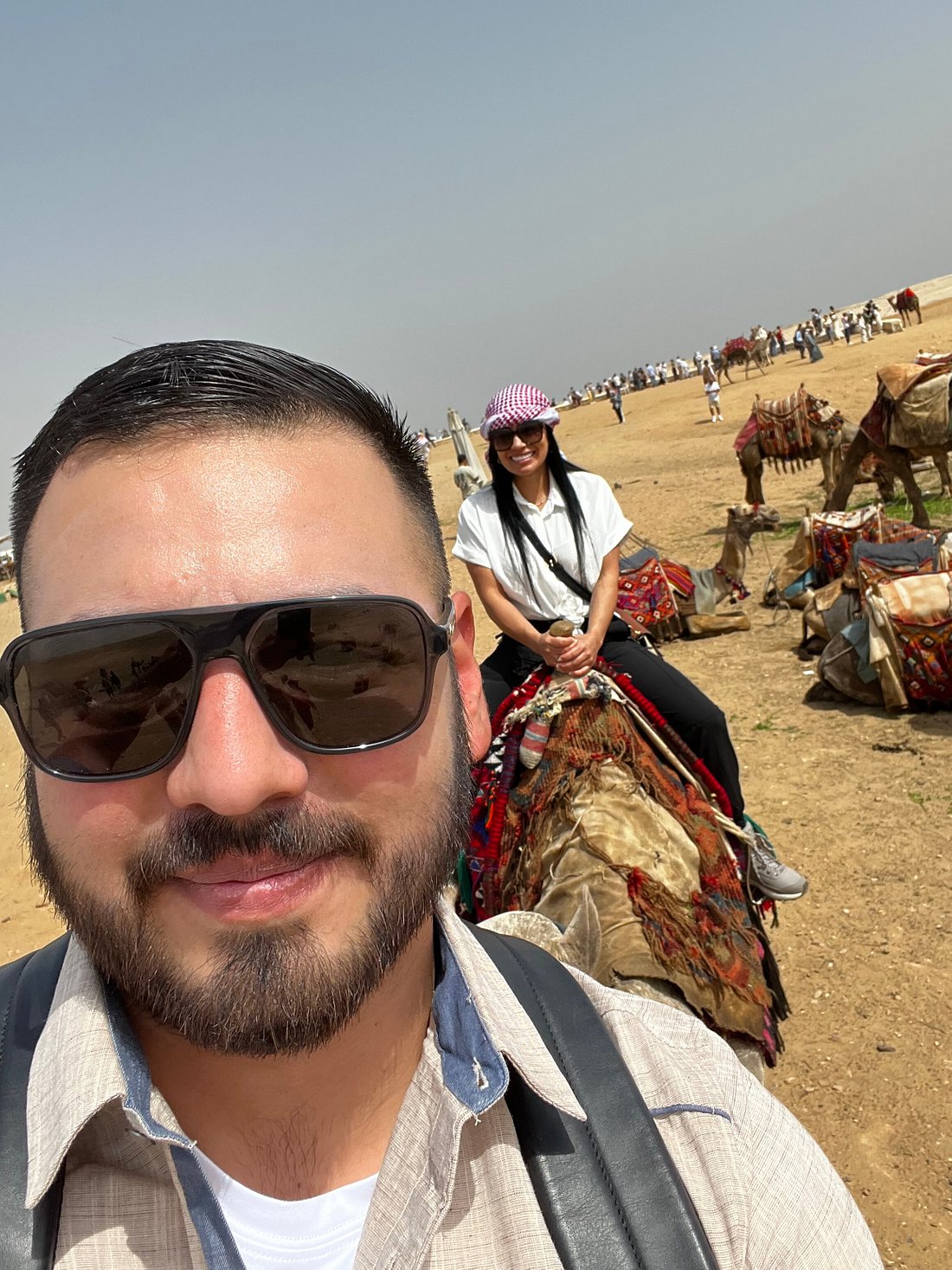
Here’s a bucket list of places in Egyptian mythology that every traveler should explore:
- Heliopolis–Discover the ruins of the temple dedicated to Ra, the sun god.
- Kom Ombo–Visit the dual temple of Sobek and Horus, and see the mummified crocodiles.
- Bubastis–Explore the remains of the city dedicated to Bastet, the cat goddess.
- Edfu–Walk through the temple of Horus and learn about his battle with Set.
- Karnak–Immerse yourself in the grandeur of the Theban Triad’s temple complex.
- Philae–Sail to the temple of Isis and experience the serenity of this sacred island.
These sites offer insight into the mythology and beliefs that shaped ancient Egypt. Each destination connects visitors with the spiritual essence of ancient Egyptian culture, providing unforgettable experiences for anyone interested in history, mythology, and adventure.
Famous Cities and Monuments in Egyptian Mythology
Some various ancient Egyptian towns and monuments correlate to the mythology and religious practices of Egypt. Other gods that the Egyptians were extremely devoted to have significant importance in every city. Abydos was believed to be a holy place where people prayed for protection in their passage beyond death, as they believed in Osiris, the god of the afterlife. Thebes, sometimes referred to as Luxor, was the city of Amun, Mut, and Khonsu, and the grand Karnak Temple was their place of worship in Egypt. Memphis was also a city of religious importance since it was the god Ptah about creation and handicrafts.
I can see how true the belief that pyramids were in his afterlife was as he died with wings on his back and was symbolically guarded by a Sphinx. Which is a guardian with the body of a lion. The Egyptians commonly pictured Ramses II as having the head of a god. Also, created the basis for the construction of temples in Abu Simbel designed in the likeness of Ramses II and Hathor. All these monumental cities and buildings with their splendid names and mythological details throughout thousands of years, cannot impress today. That gives the audience a better insight into Egyptian religions and culture.
Conclusion
Travelers guided by the places in Egyptian mythology will interact with the gods and the tales that shaped Ancient Egypt. Heliopolis to Philae Island temple sites unveil the richness of change and ancient Egyptian beliefs and the interrelationship of men and gods. These places give the visitors a chance to retrace the steps of ancient Egyptian people experiencing all the magic that these places encompass today. Respect Egypt Tours invites you to travel on the wings of other mythology and histories with unforgettable highlights.
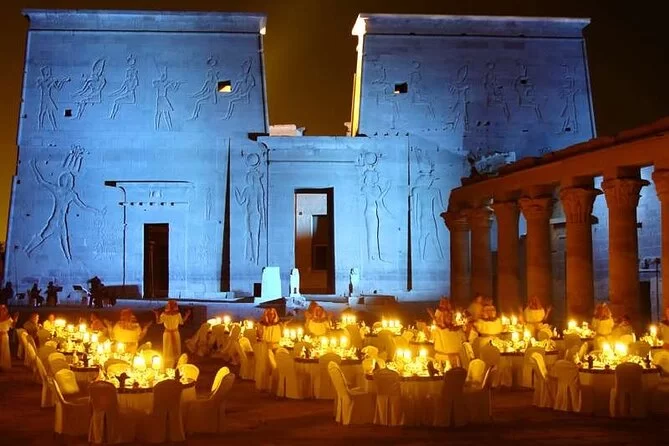
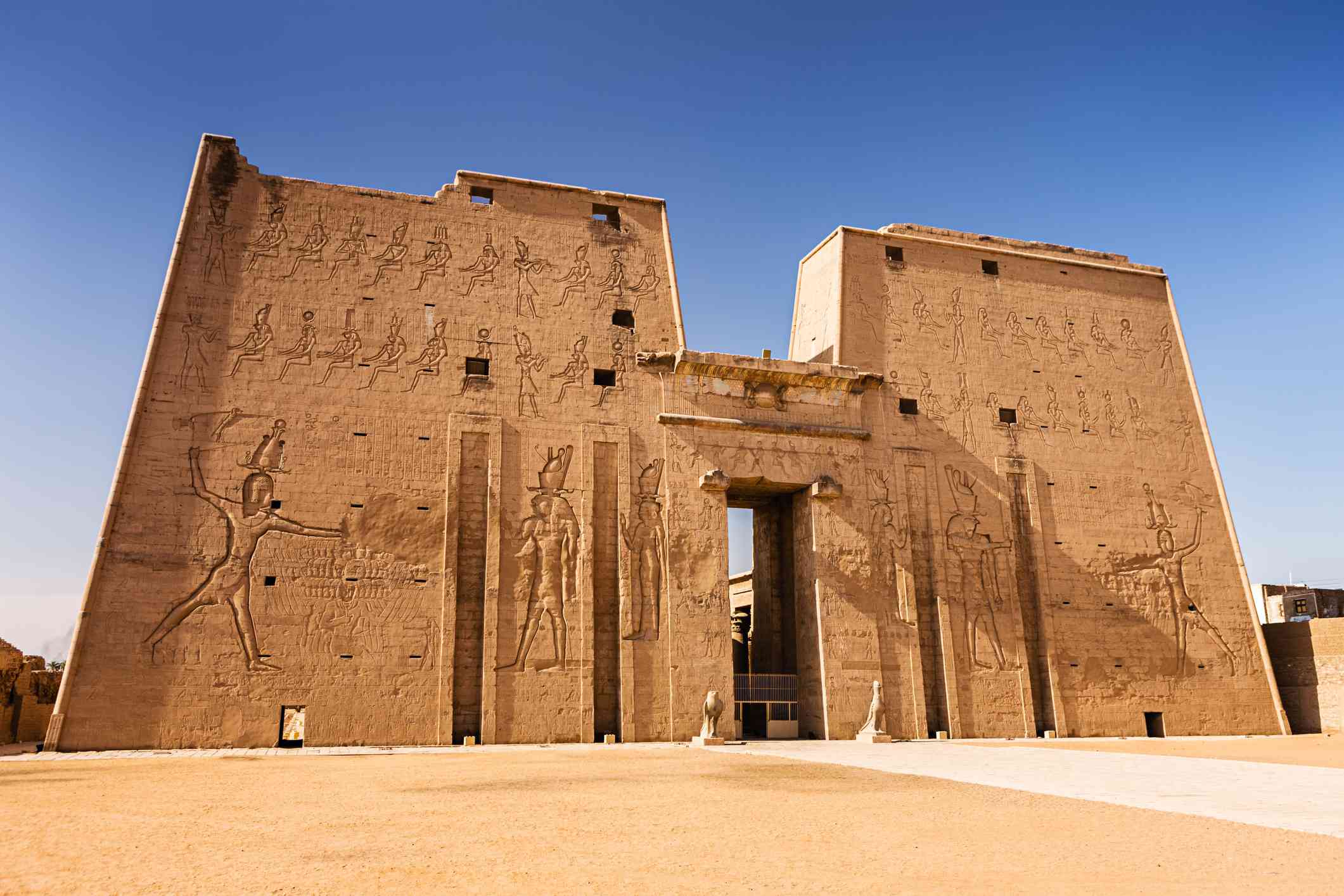
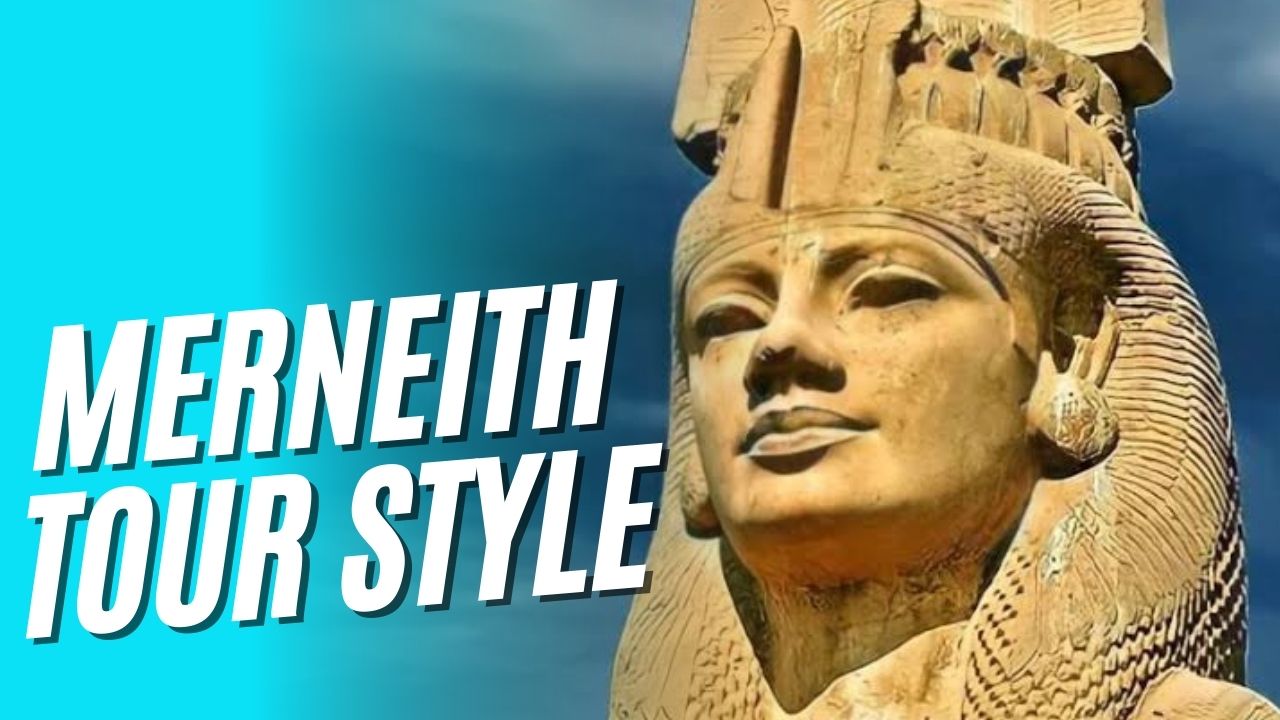




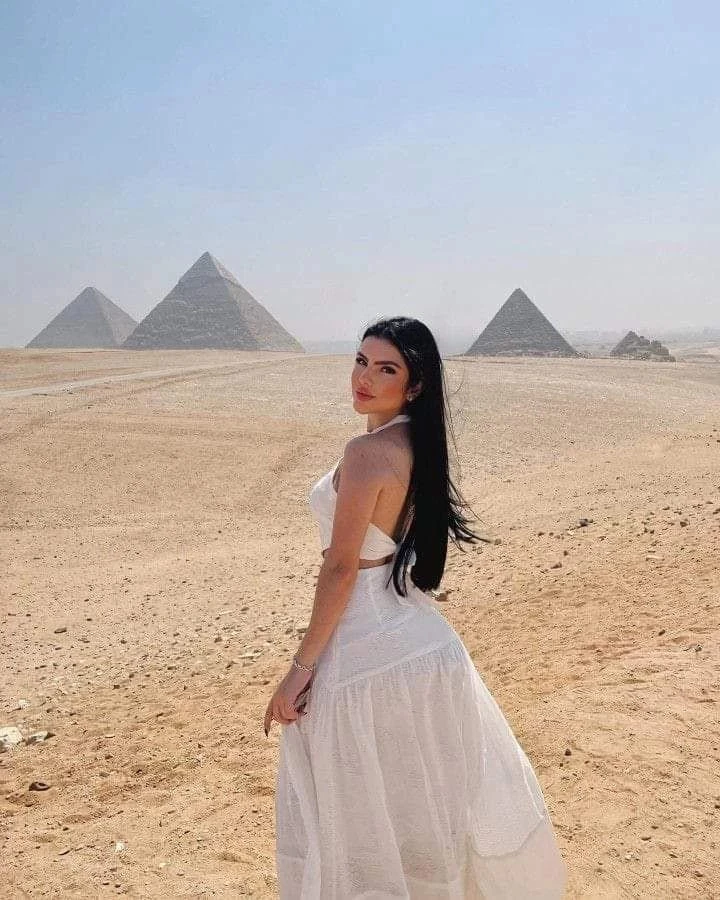
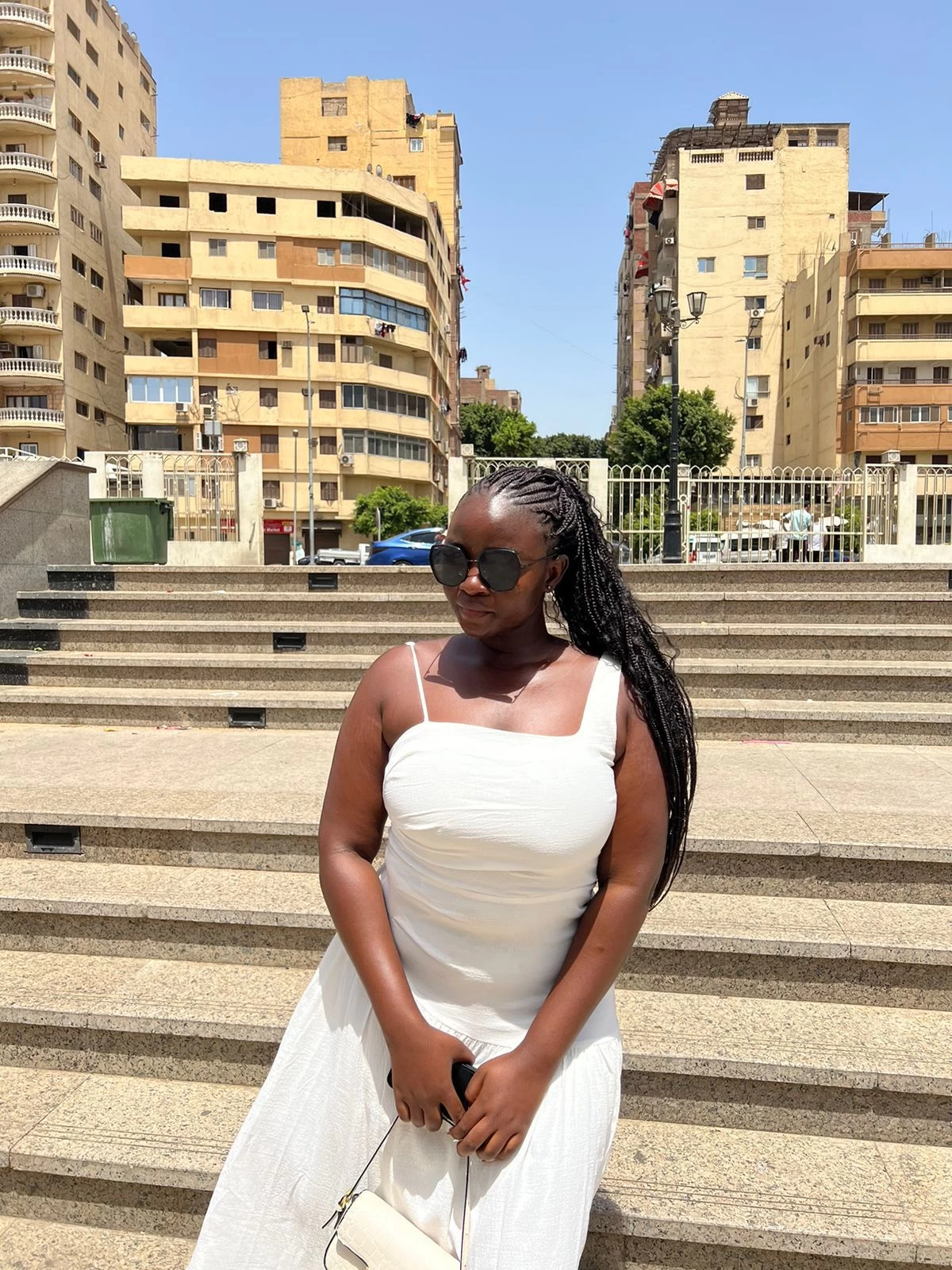
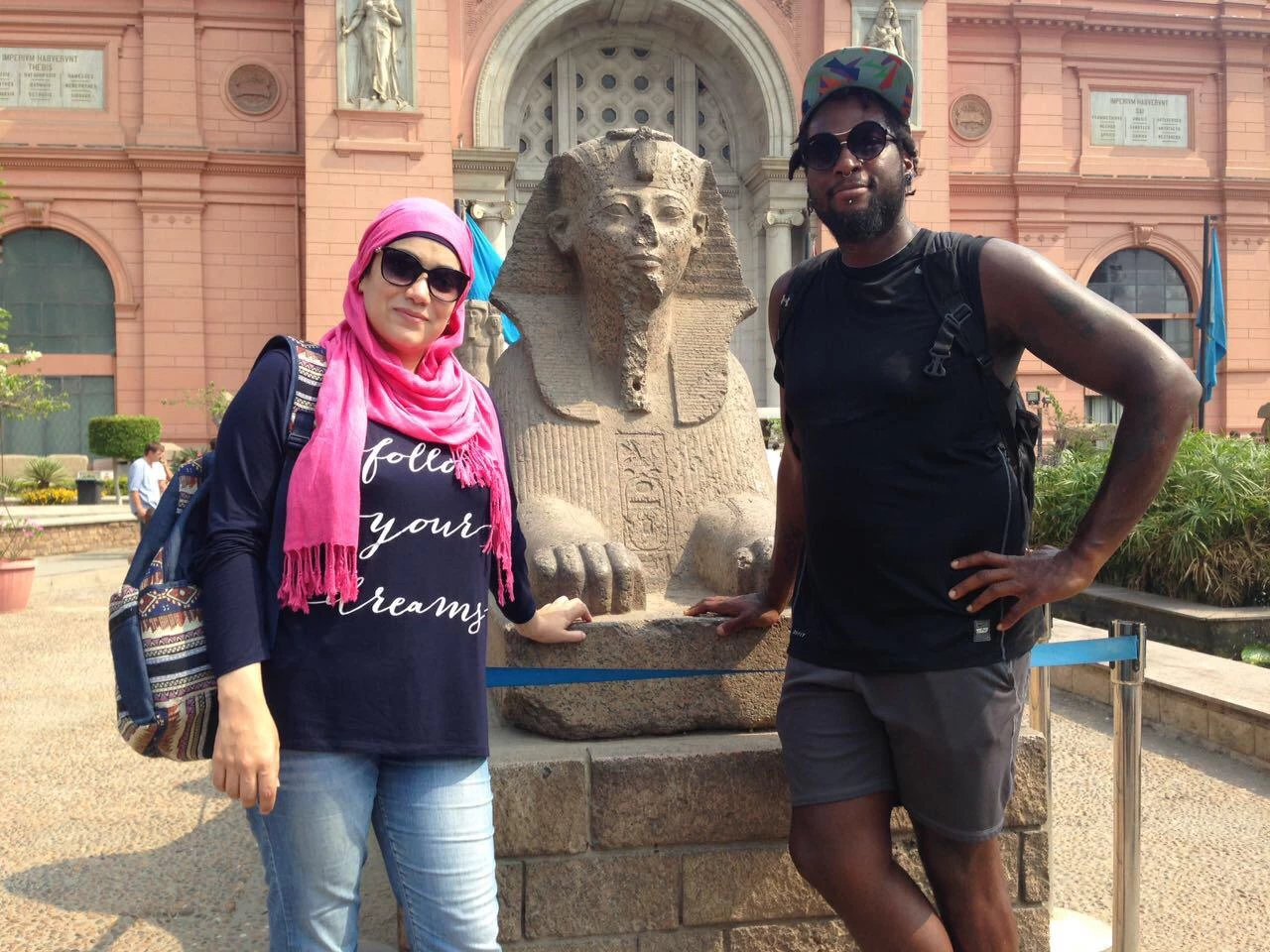
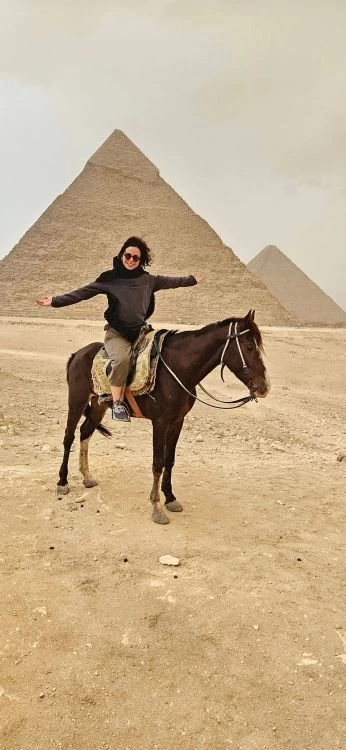
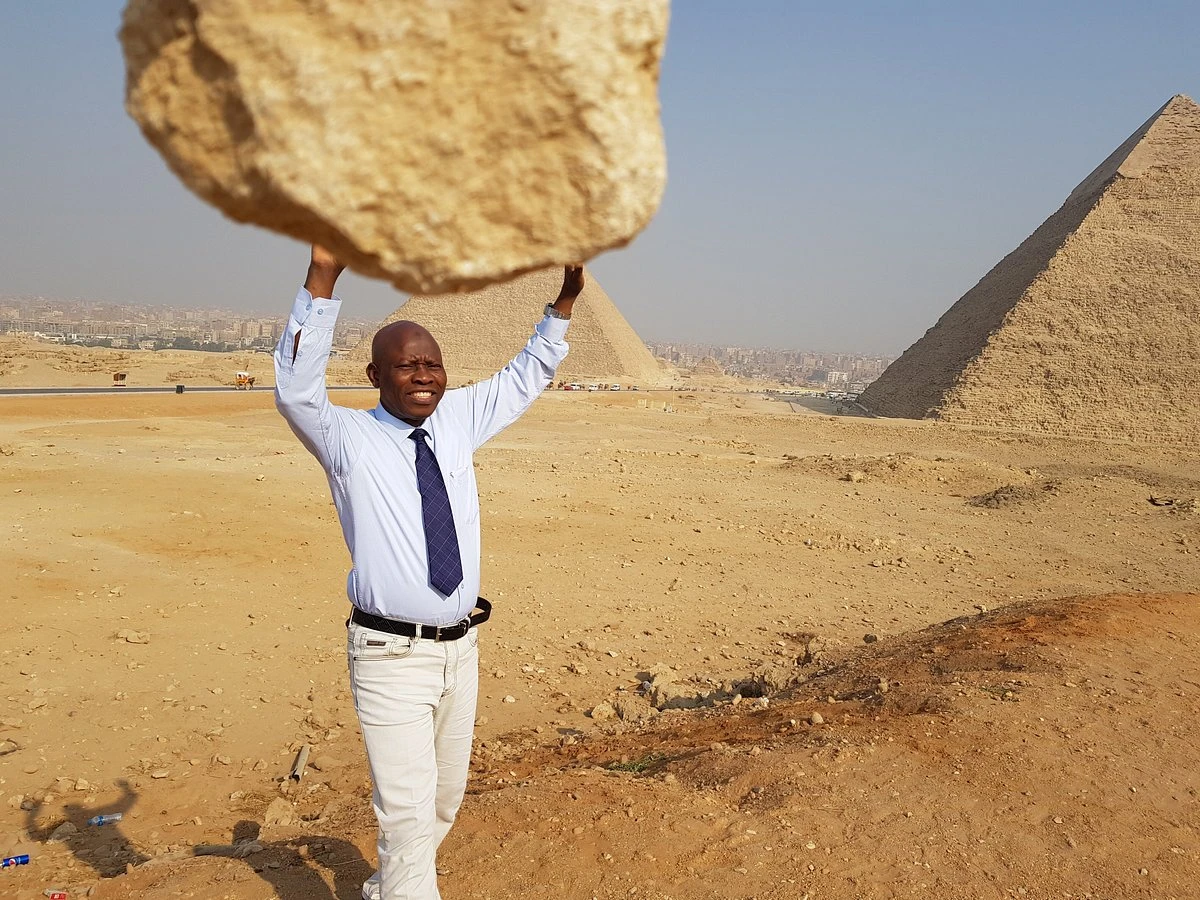
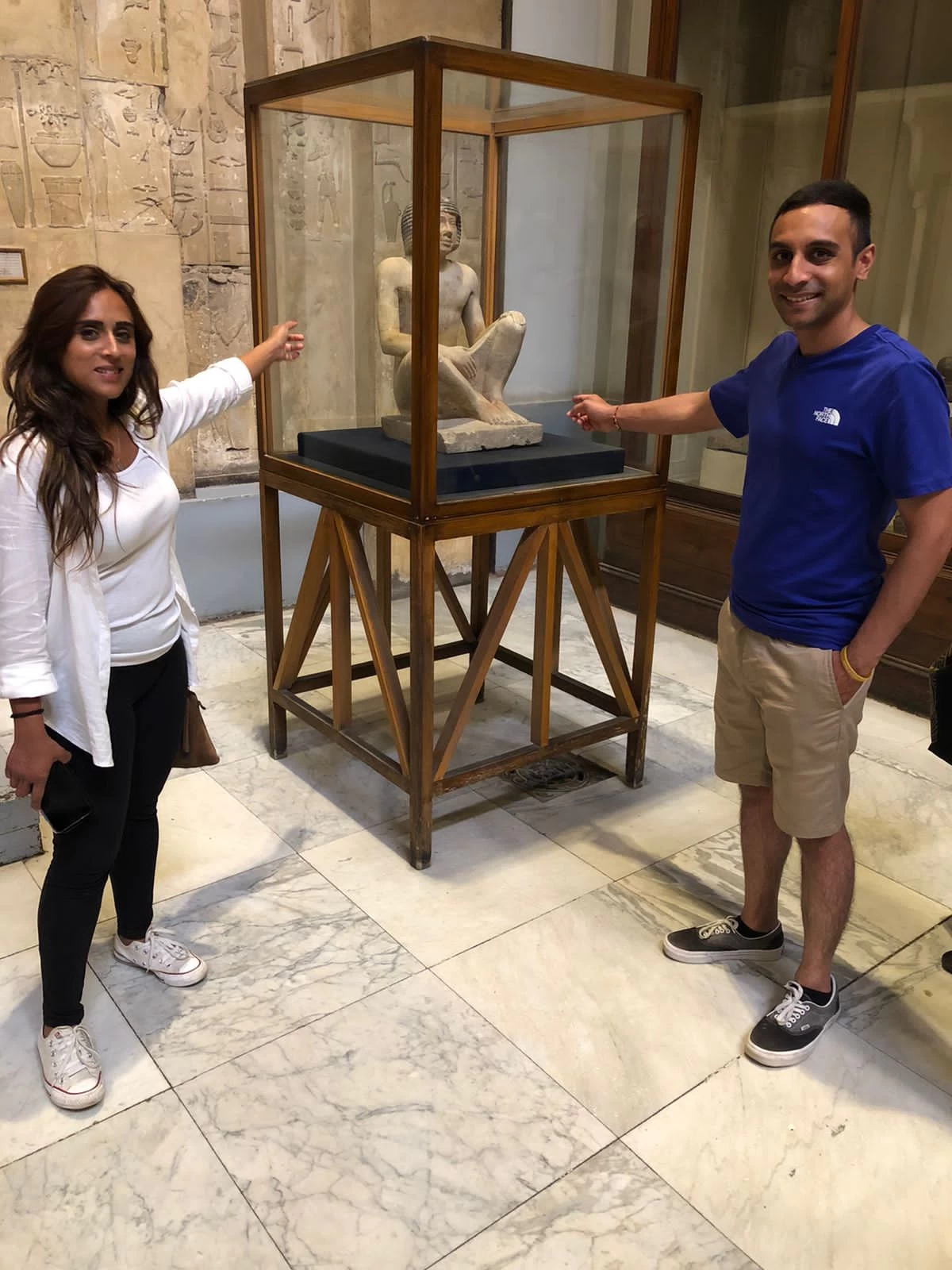
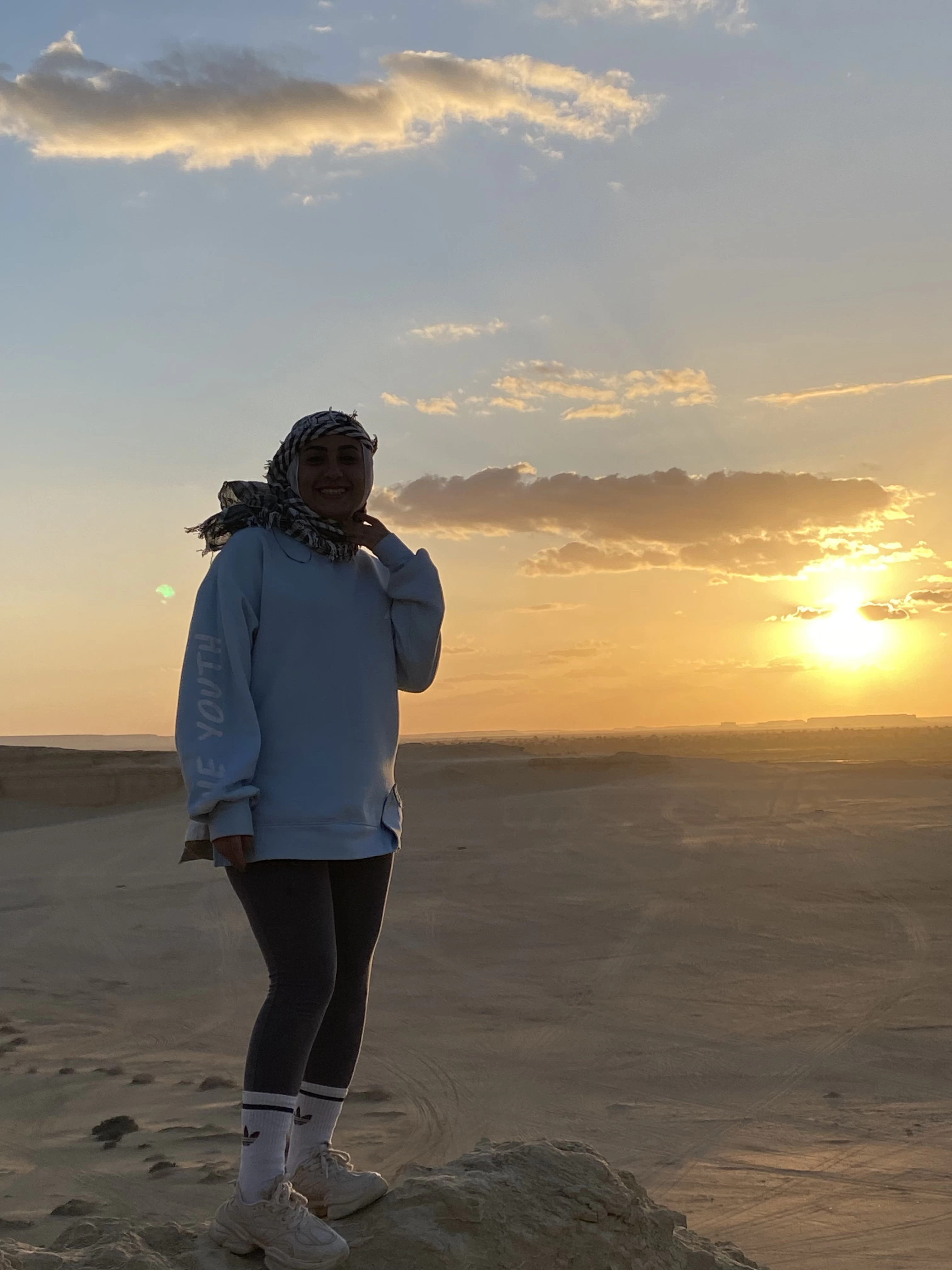
-webp.webp)
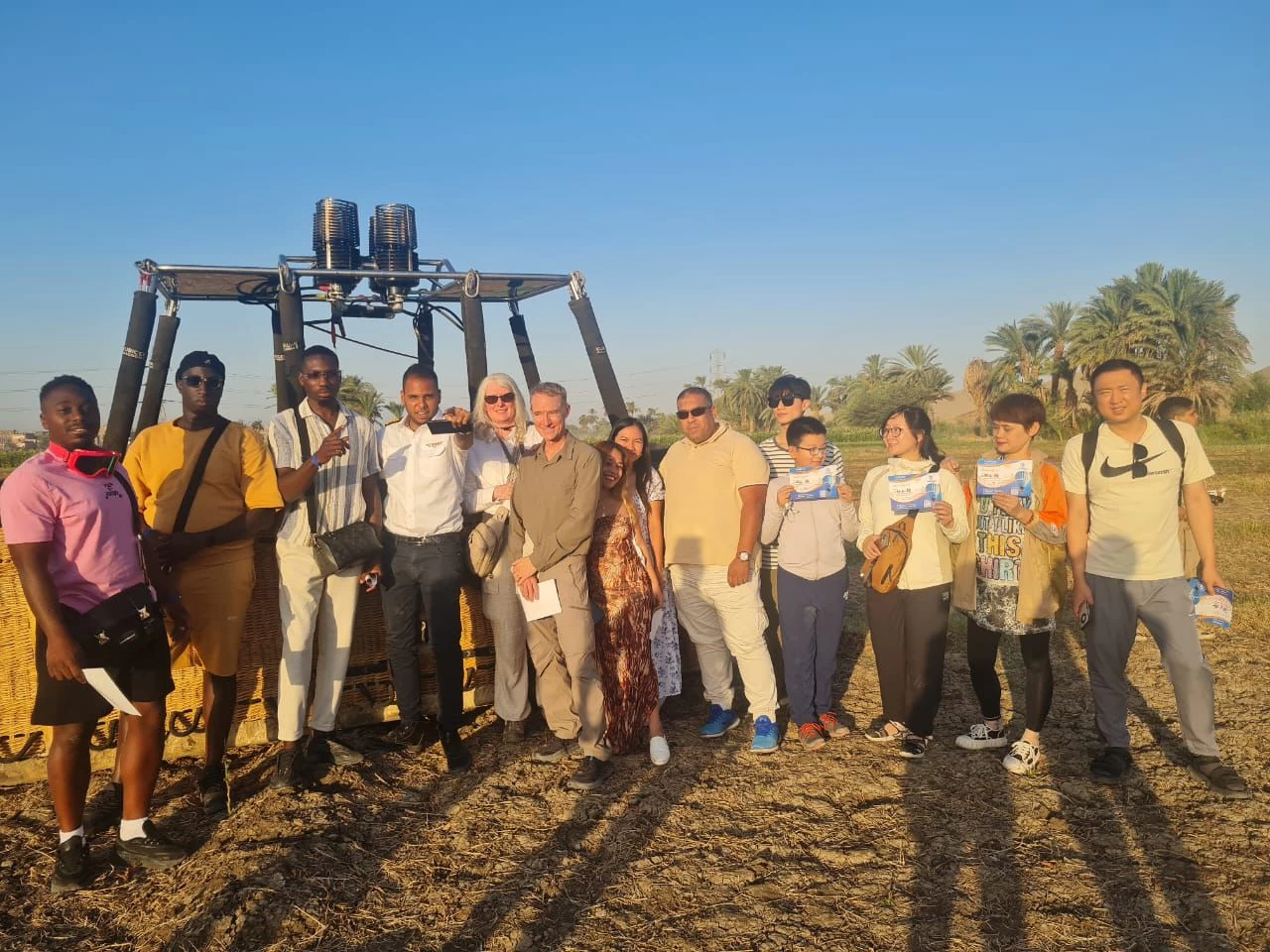
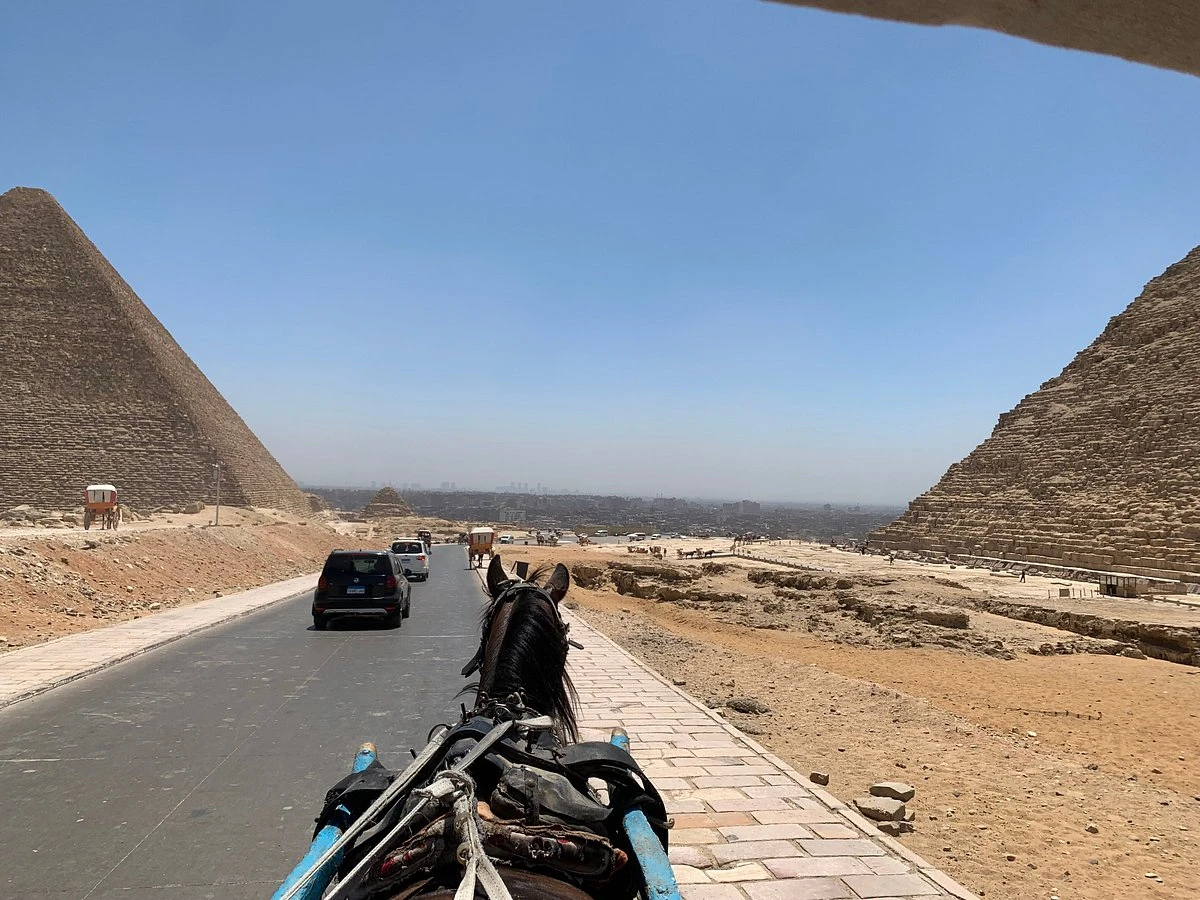
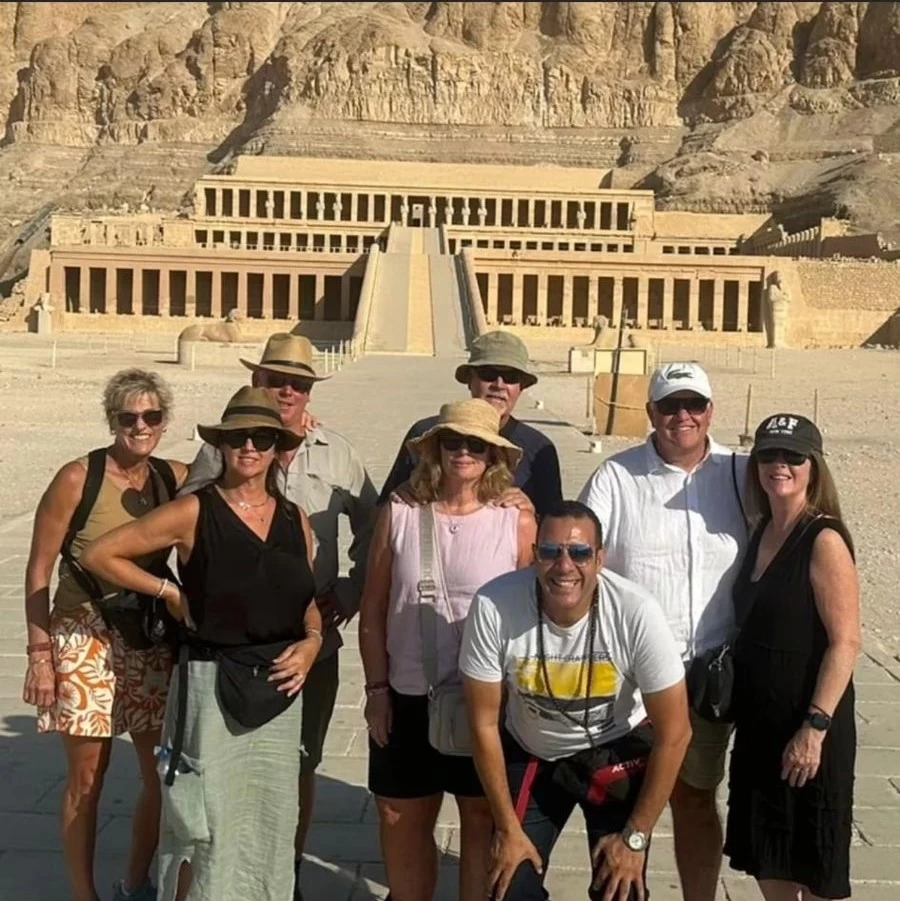
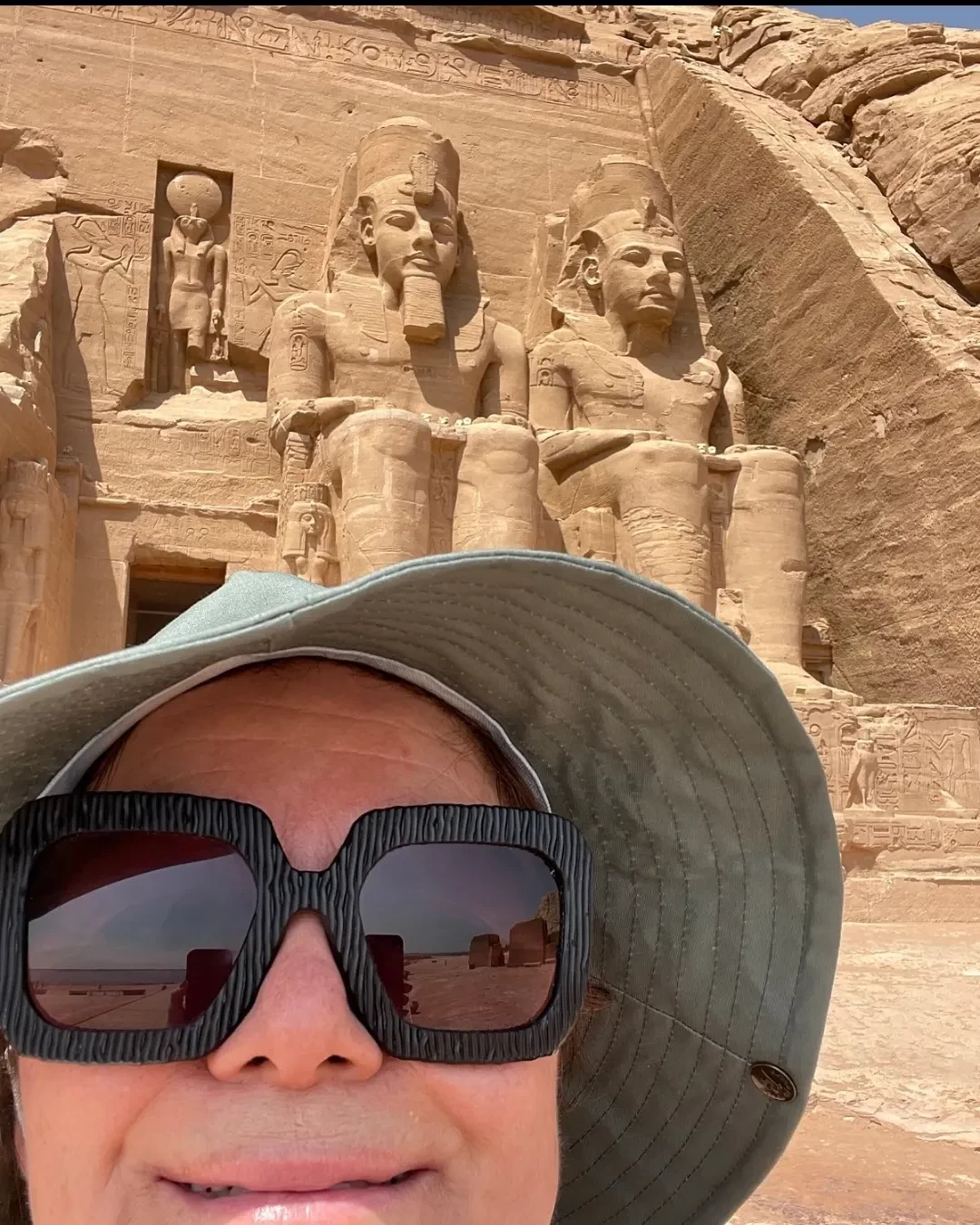
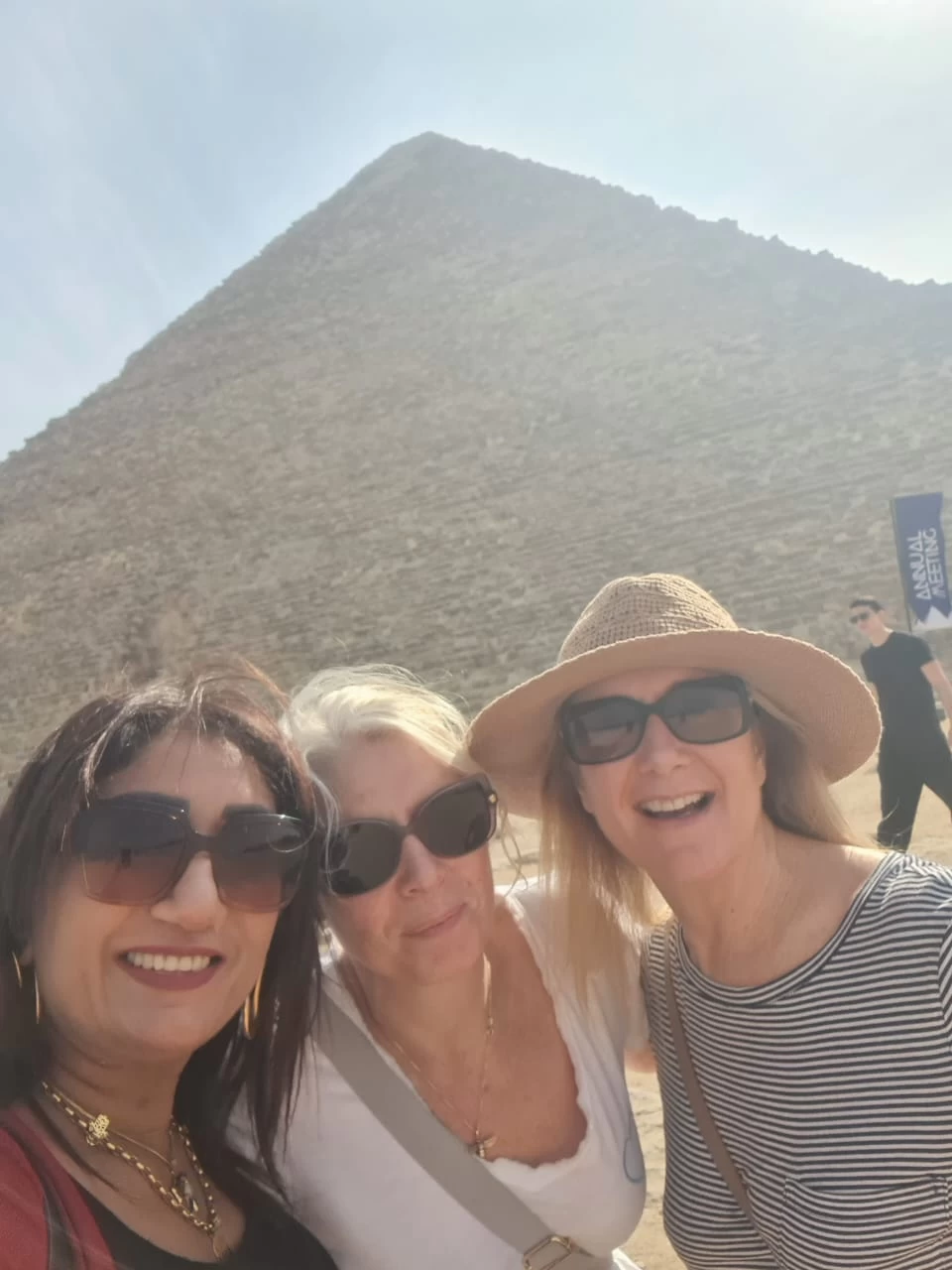
-webp.webp)
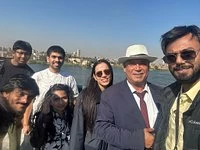
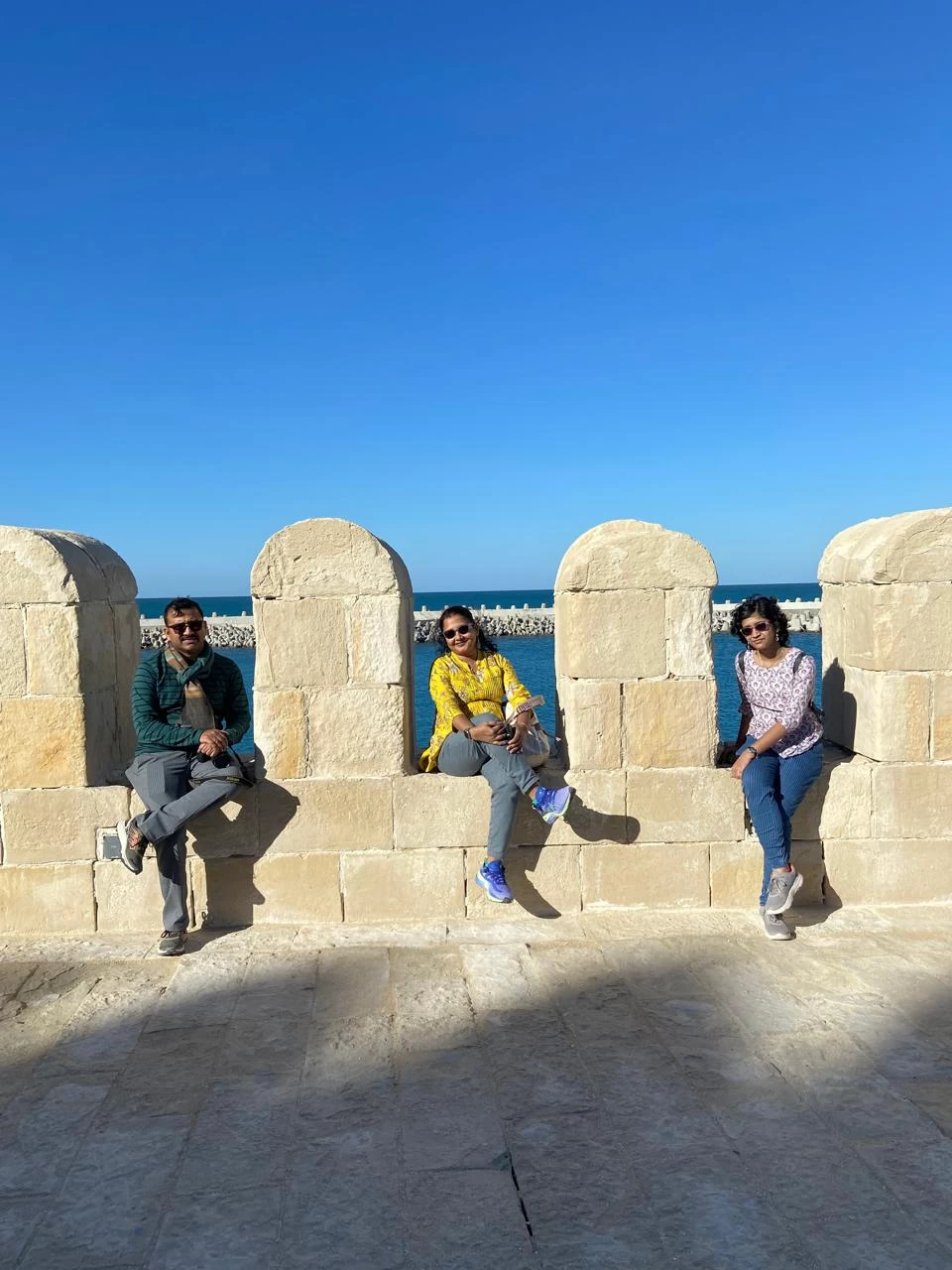
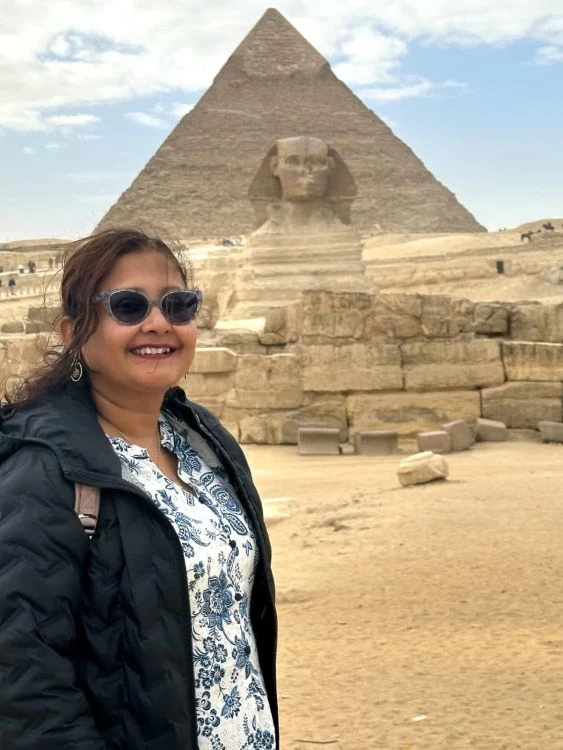
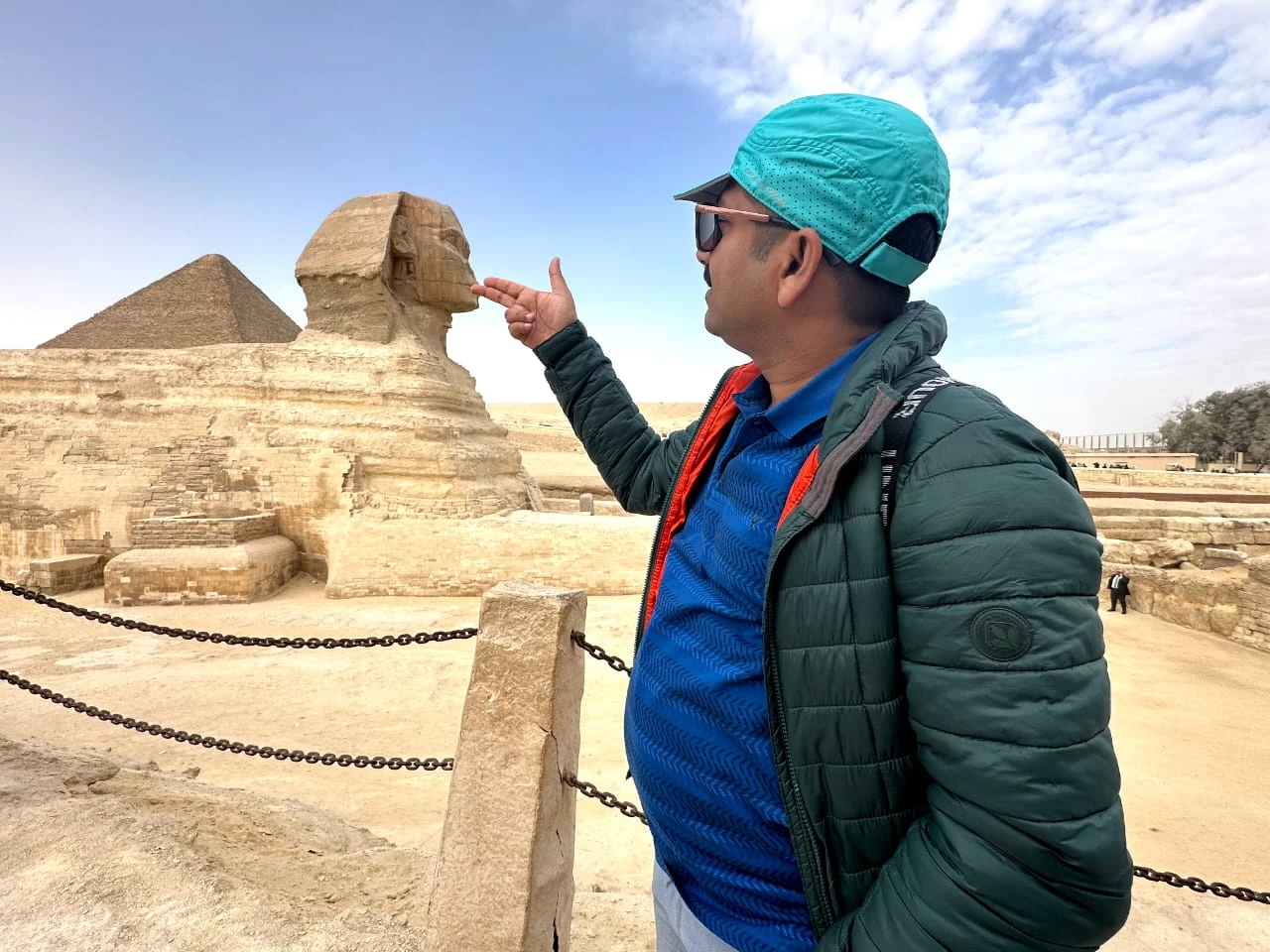
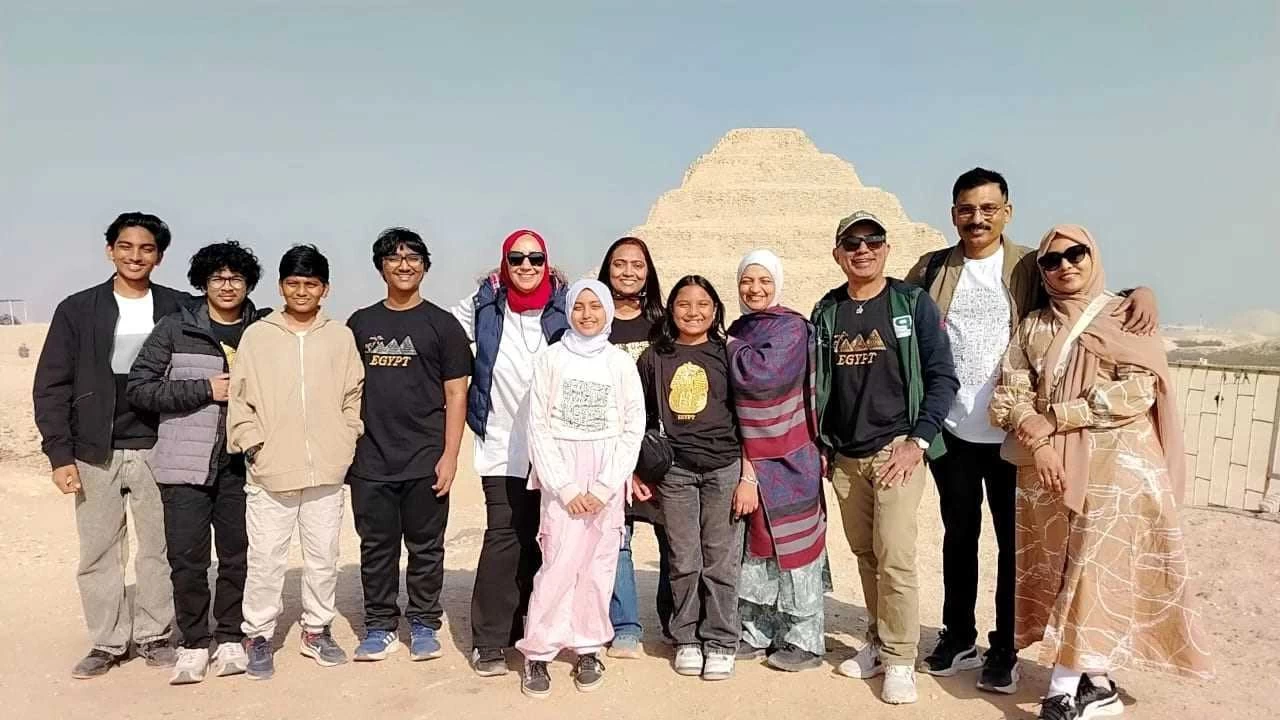
-webp.webp)
-webp.webp)
-webp.webp)
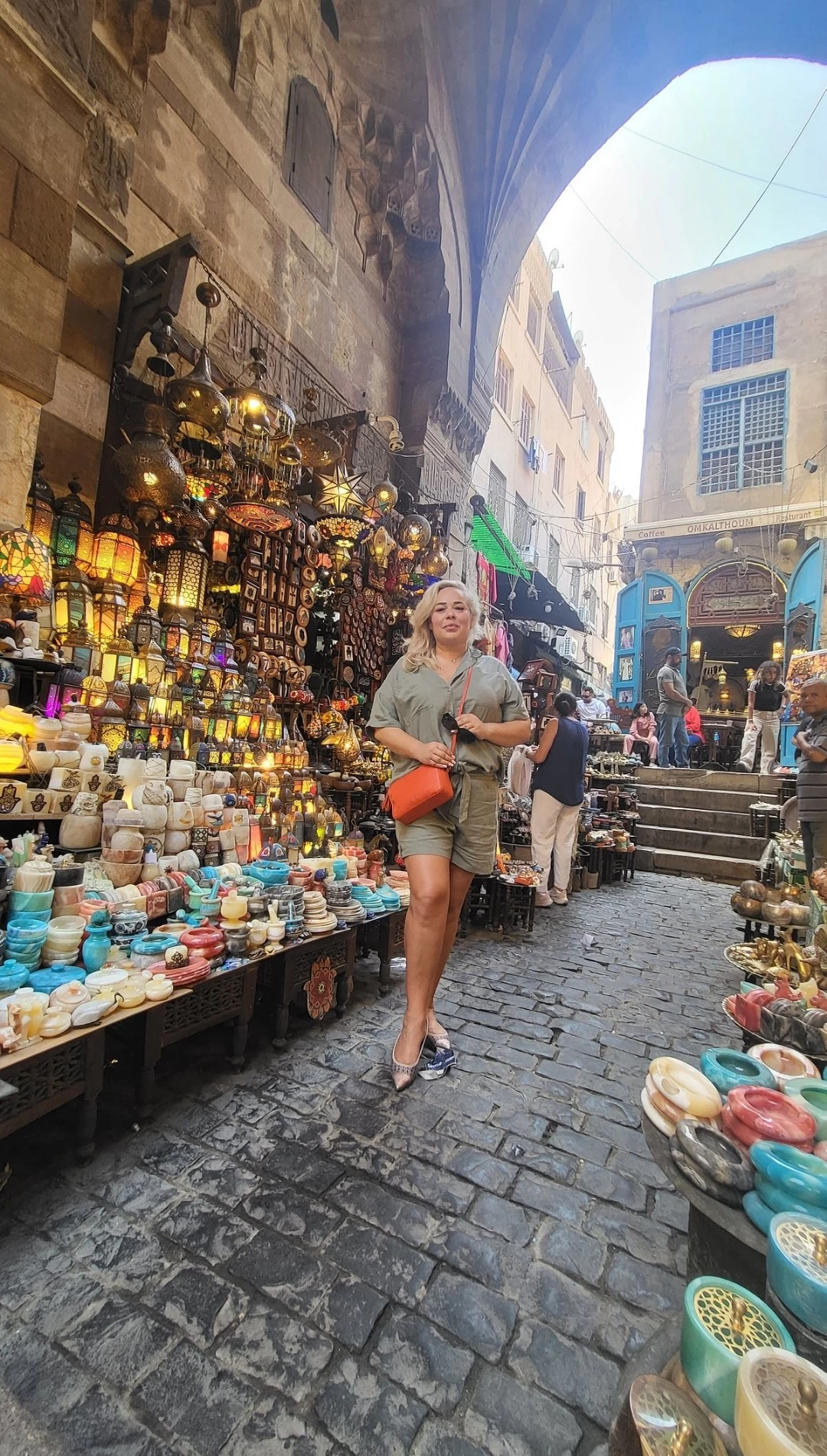
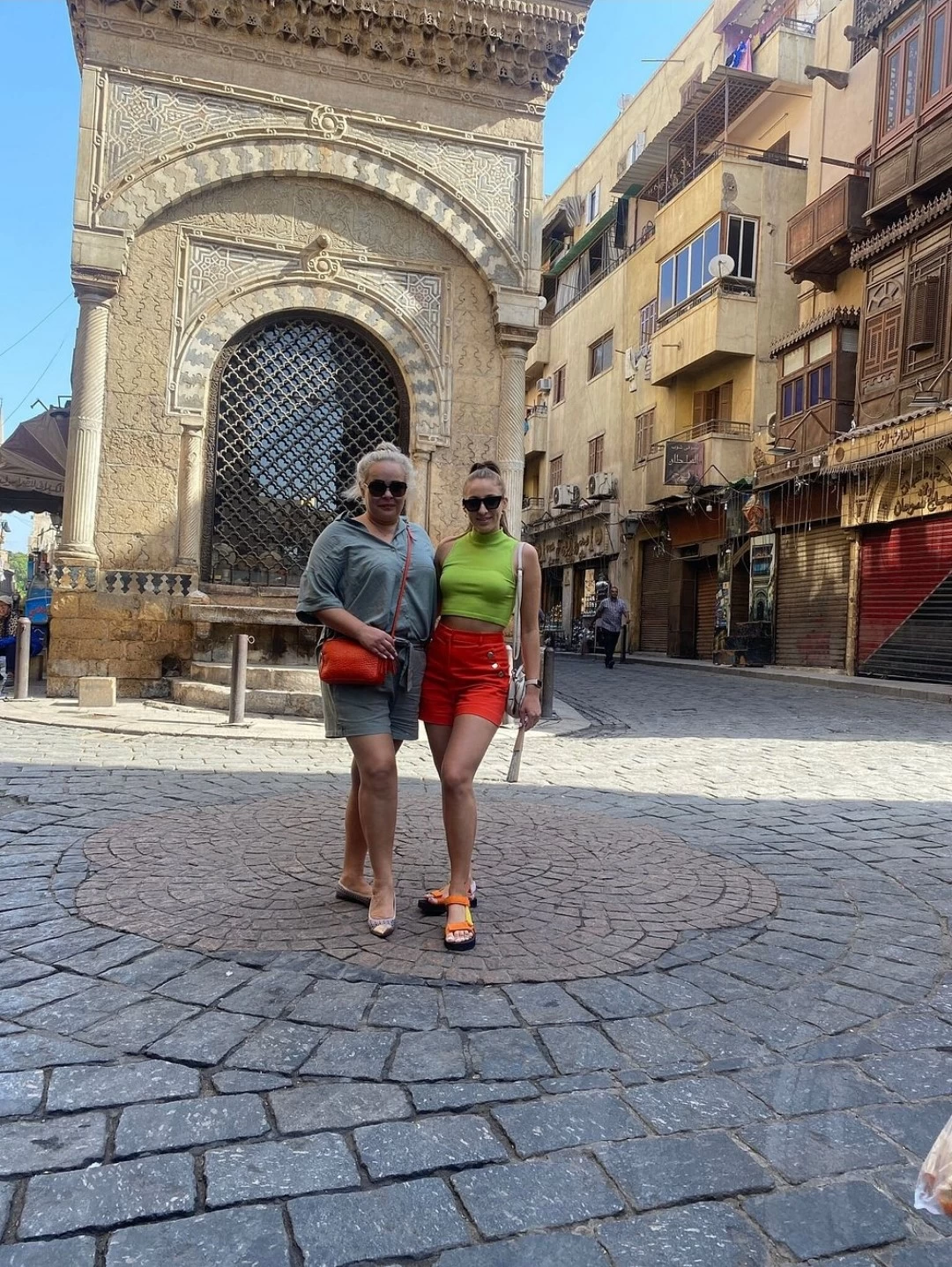

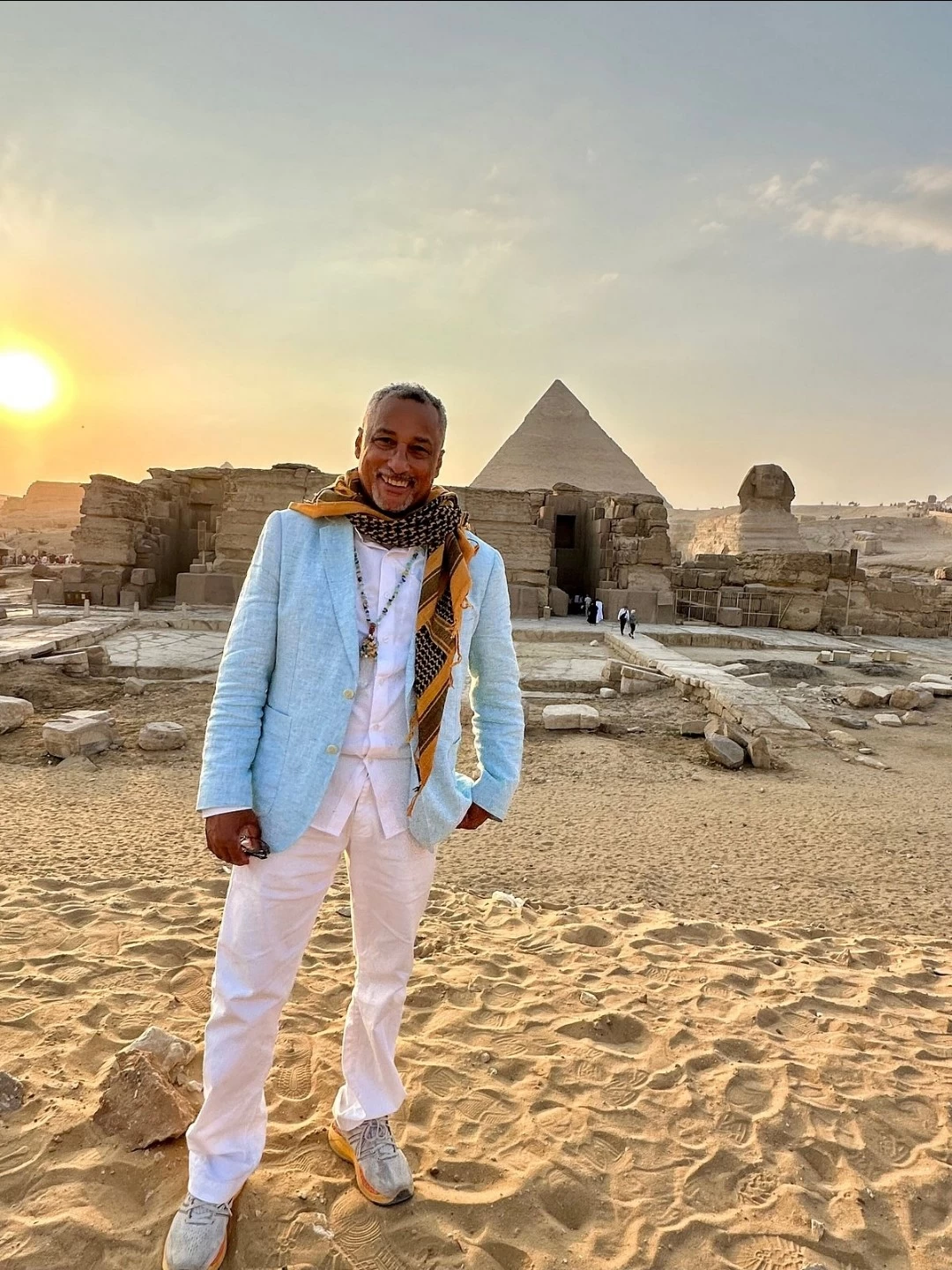
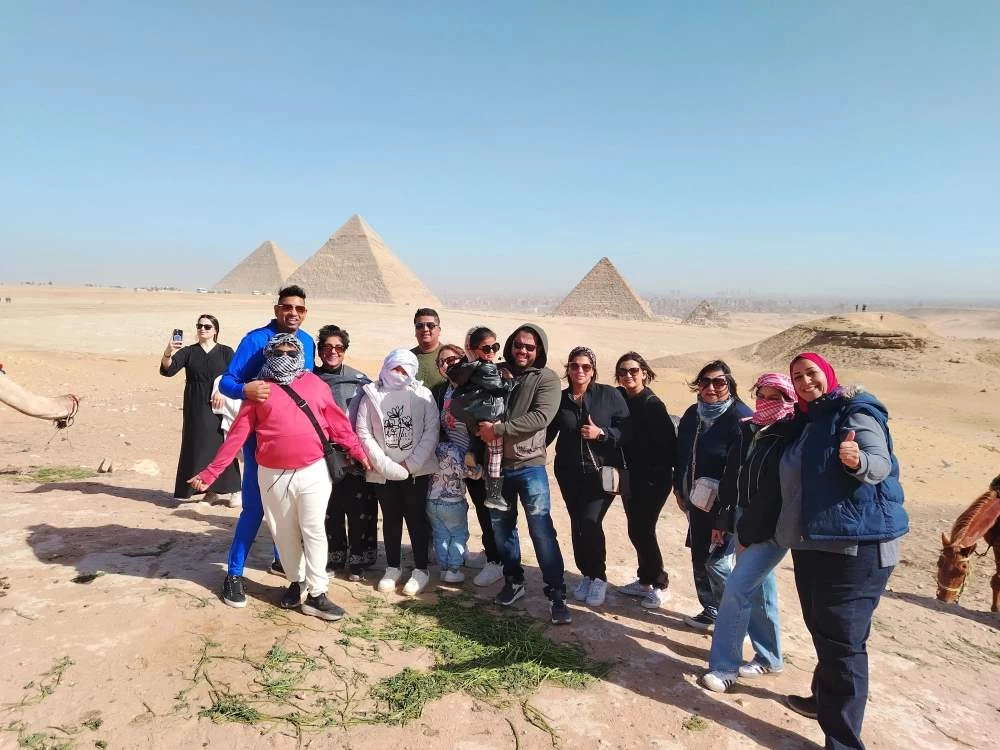
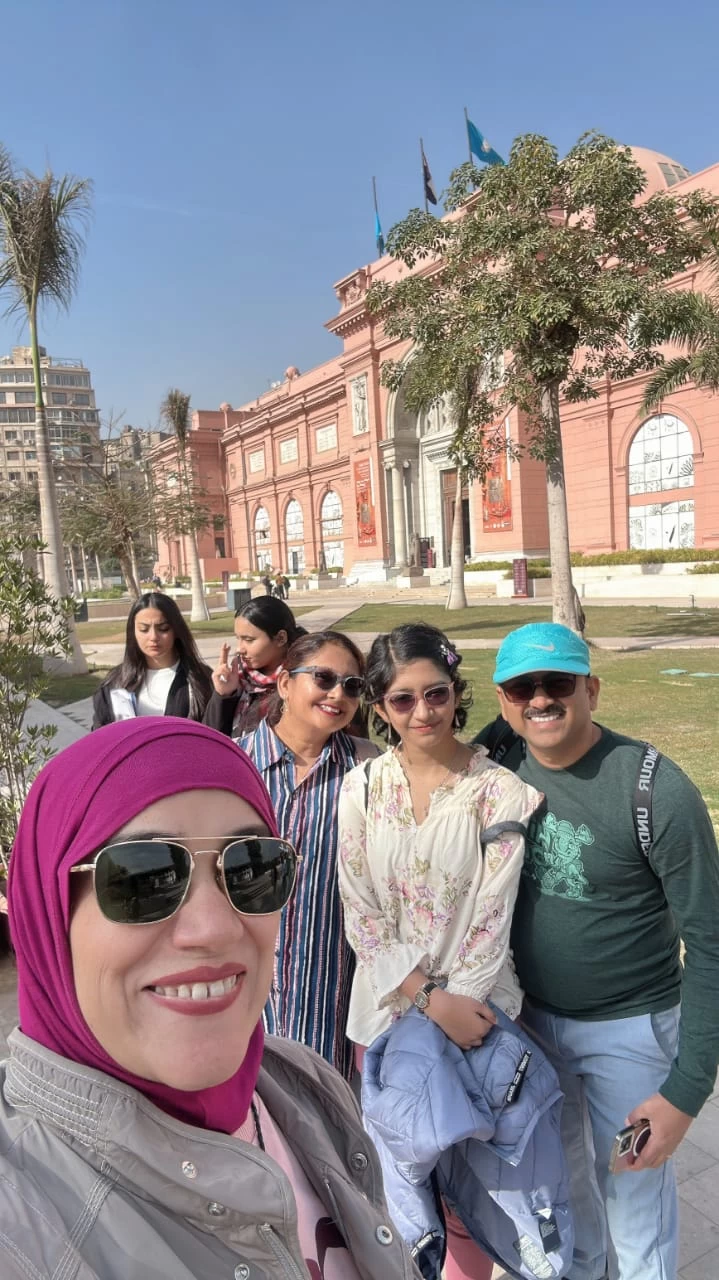
-webp.webp)
-webp.webp)
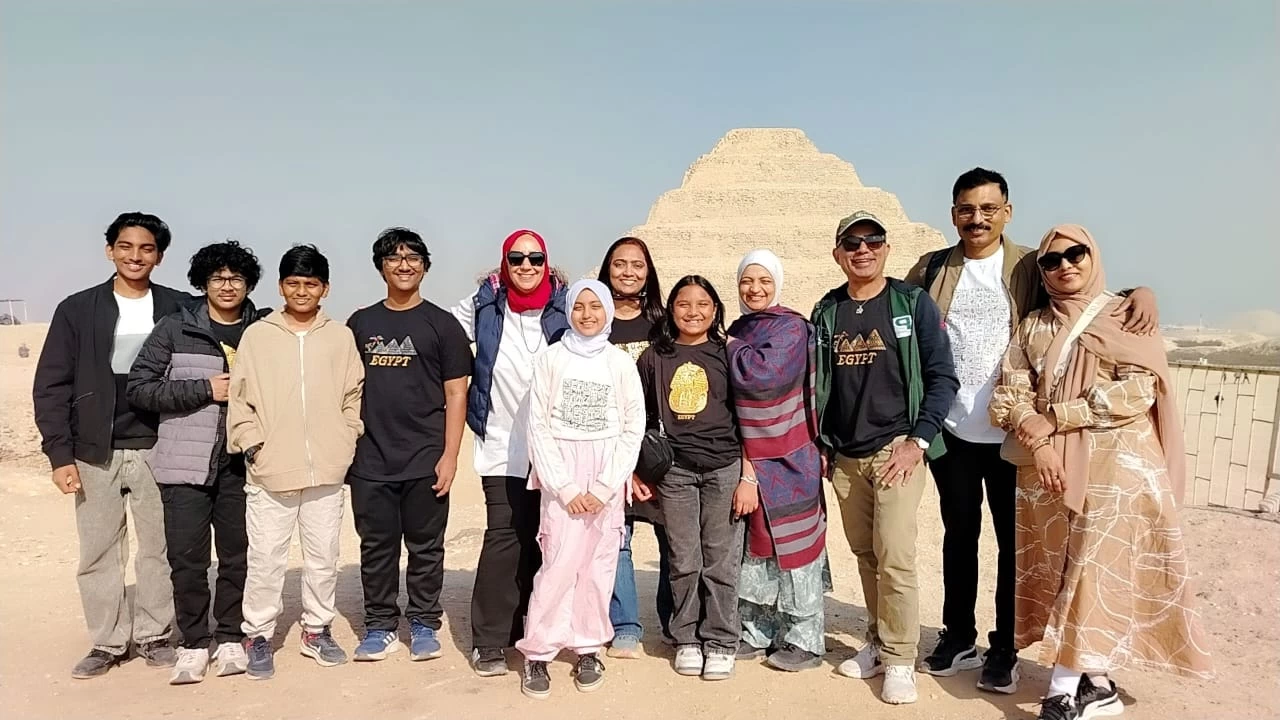
-webp.webp)
-webp.webp)
-webp.webp)
-webp.webp)
-webp.webp)
-webp.webp)
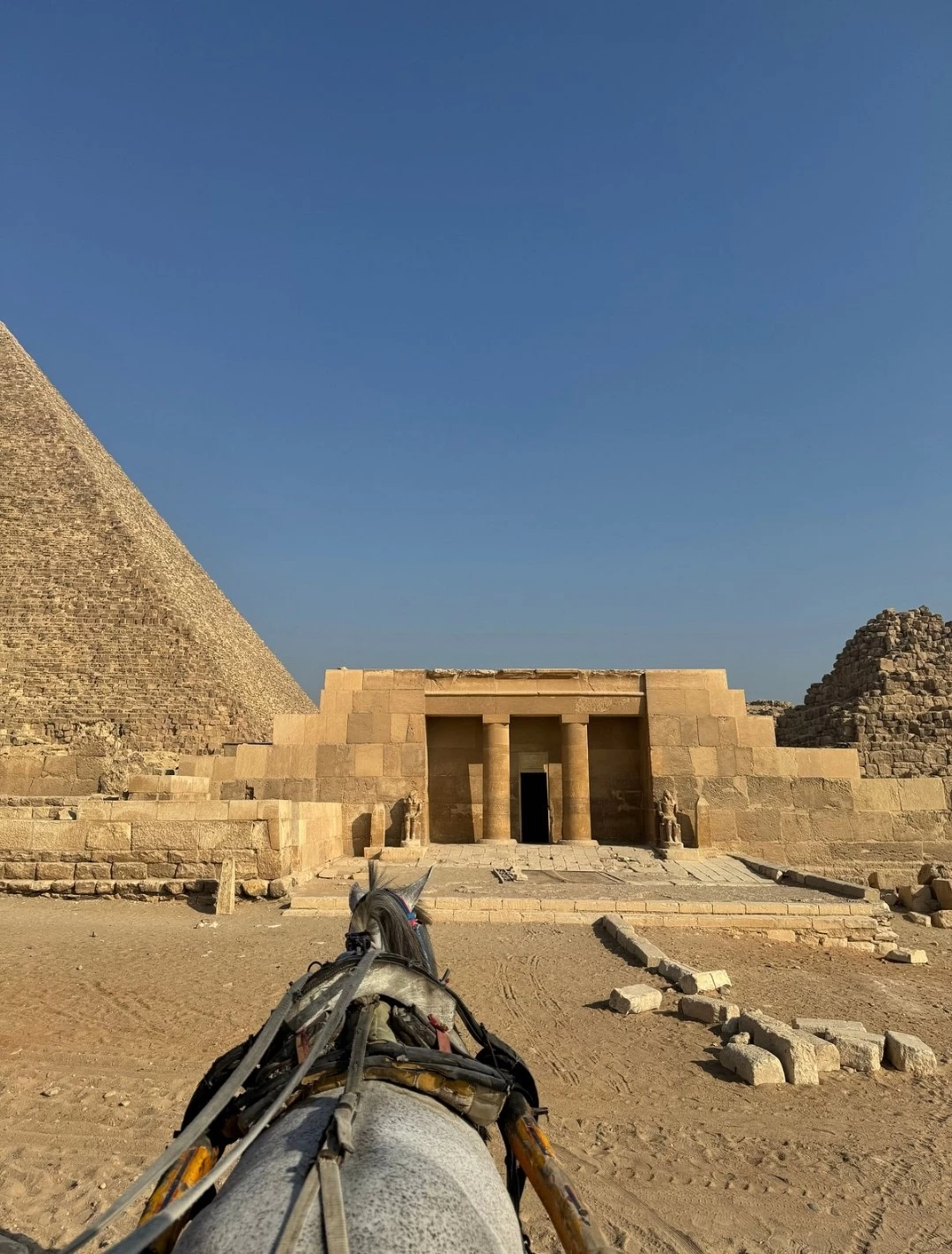
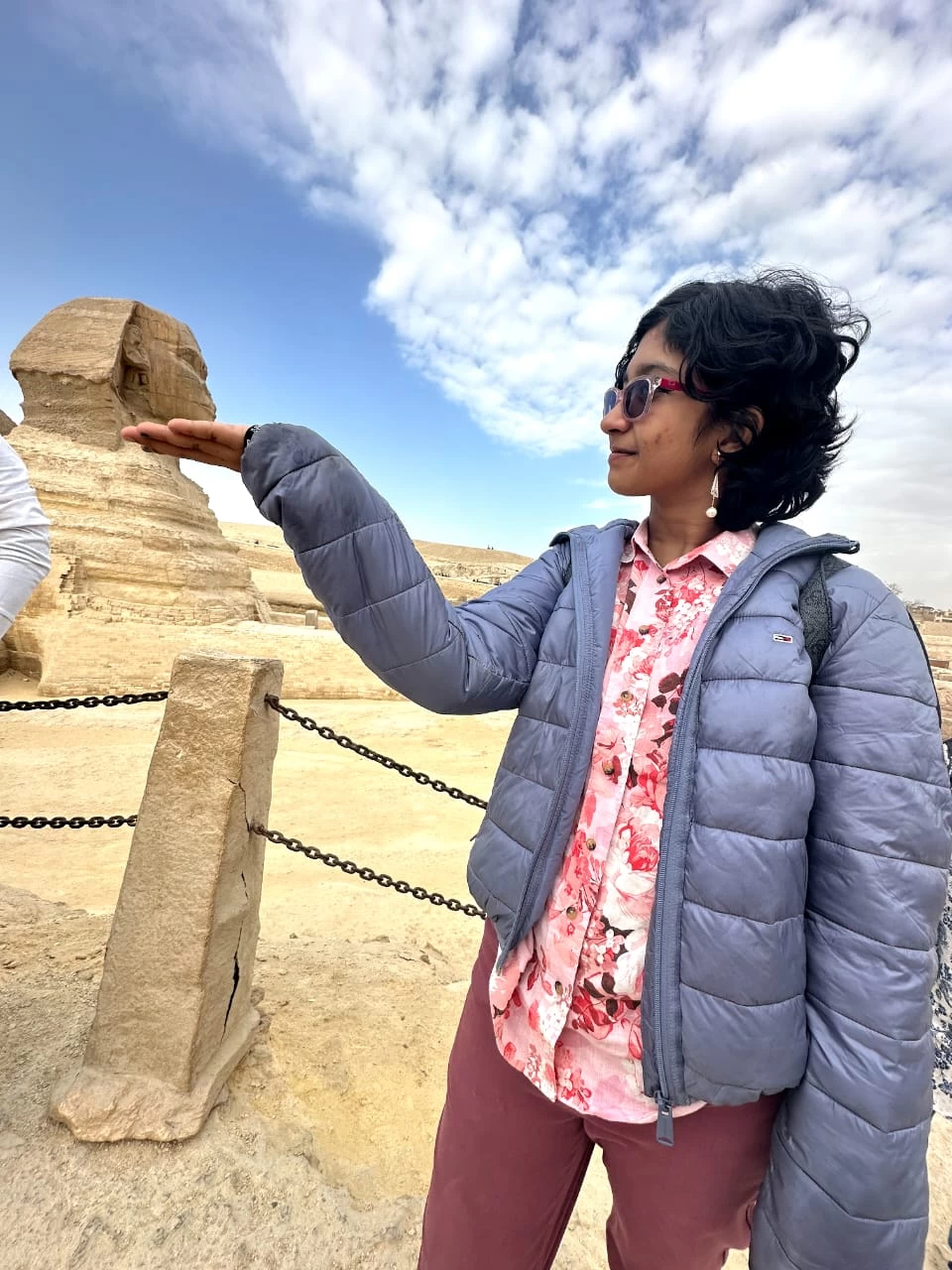
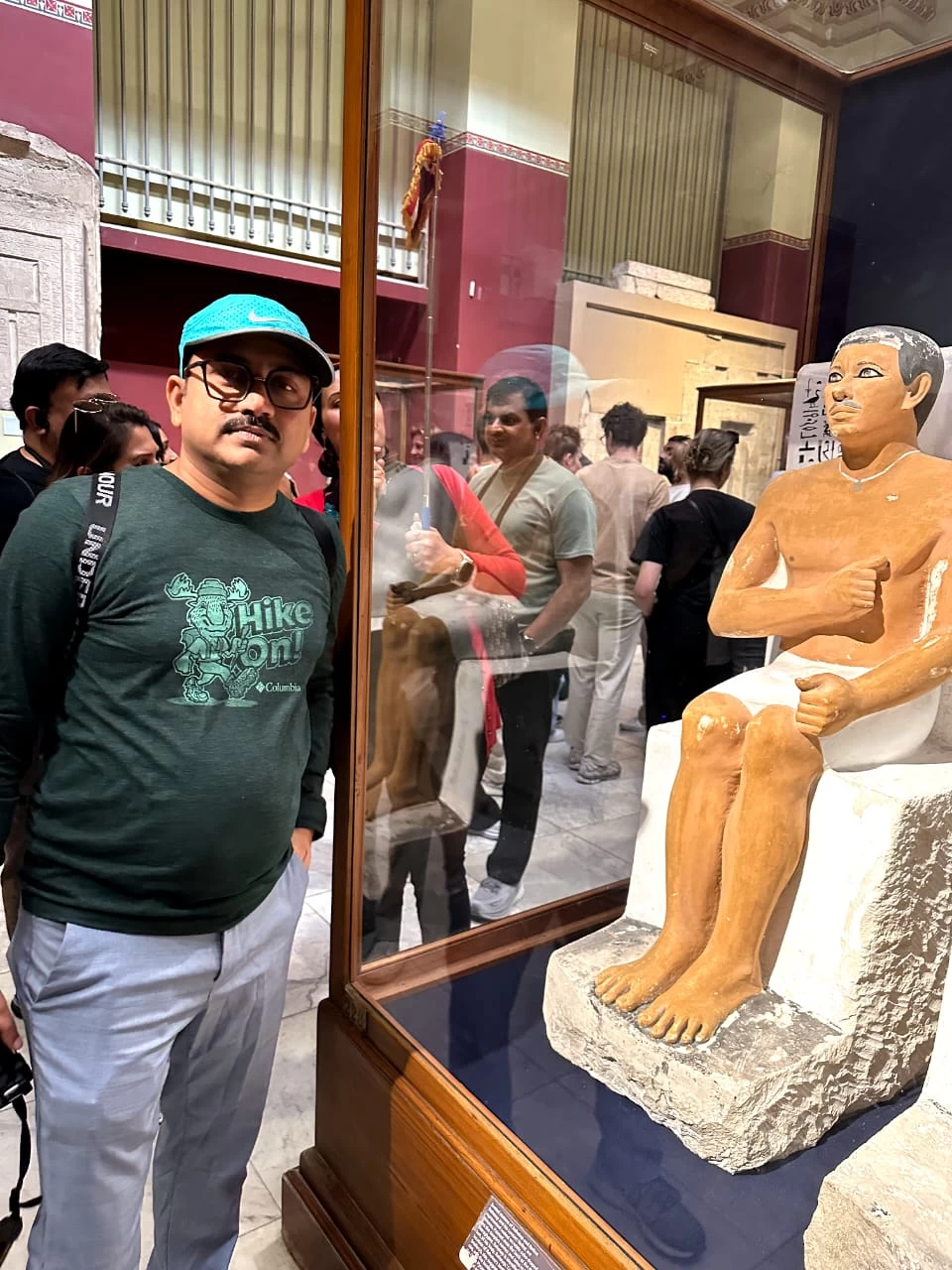
-webp.webp)
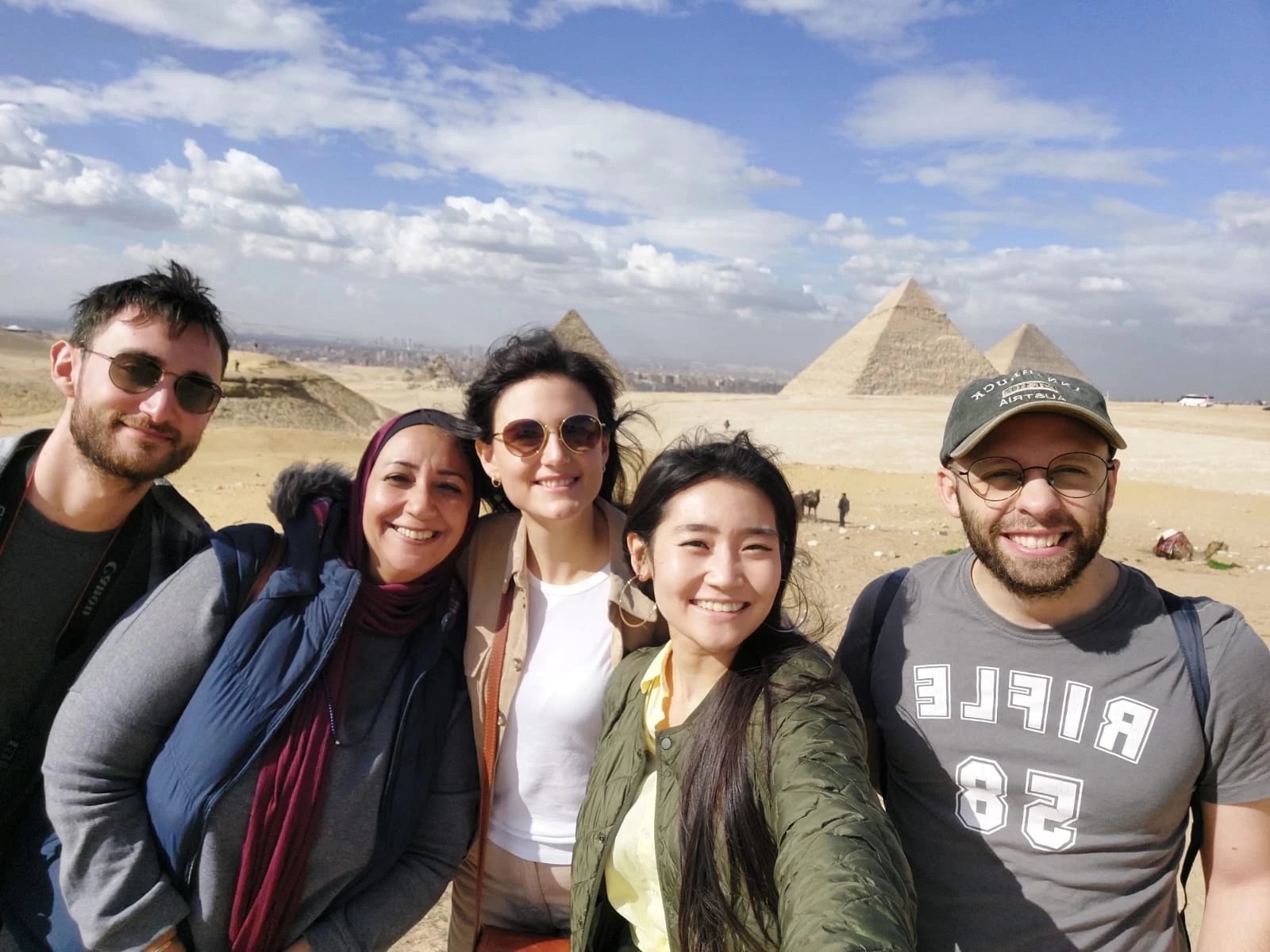
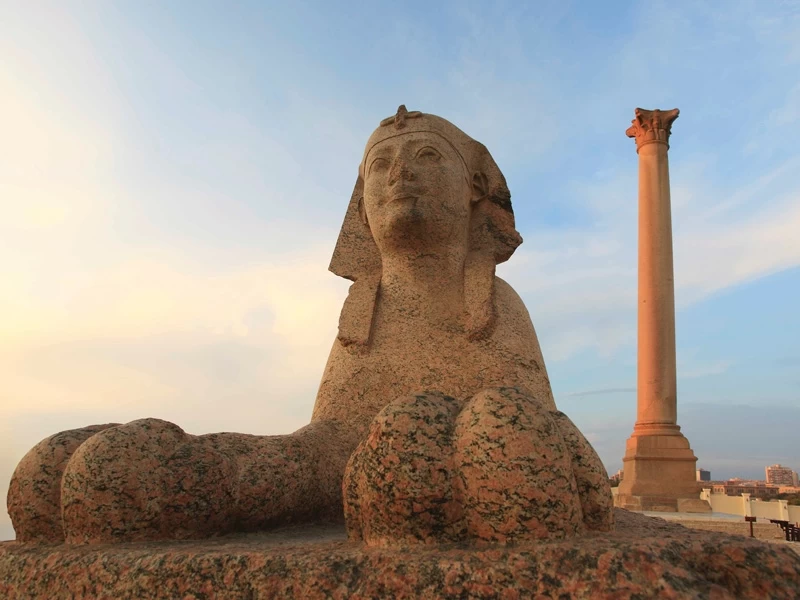
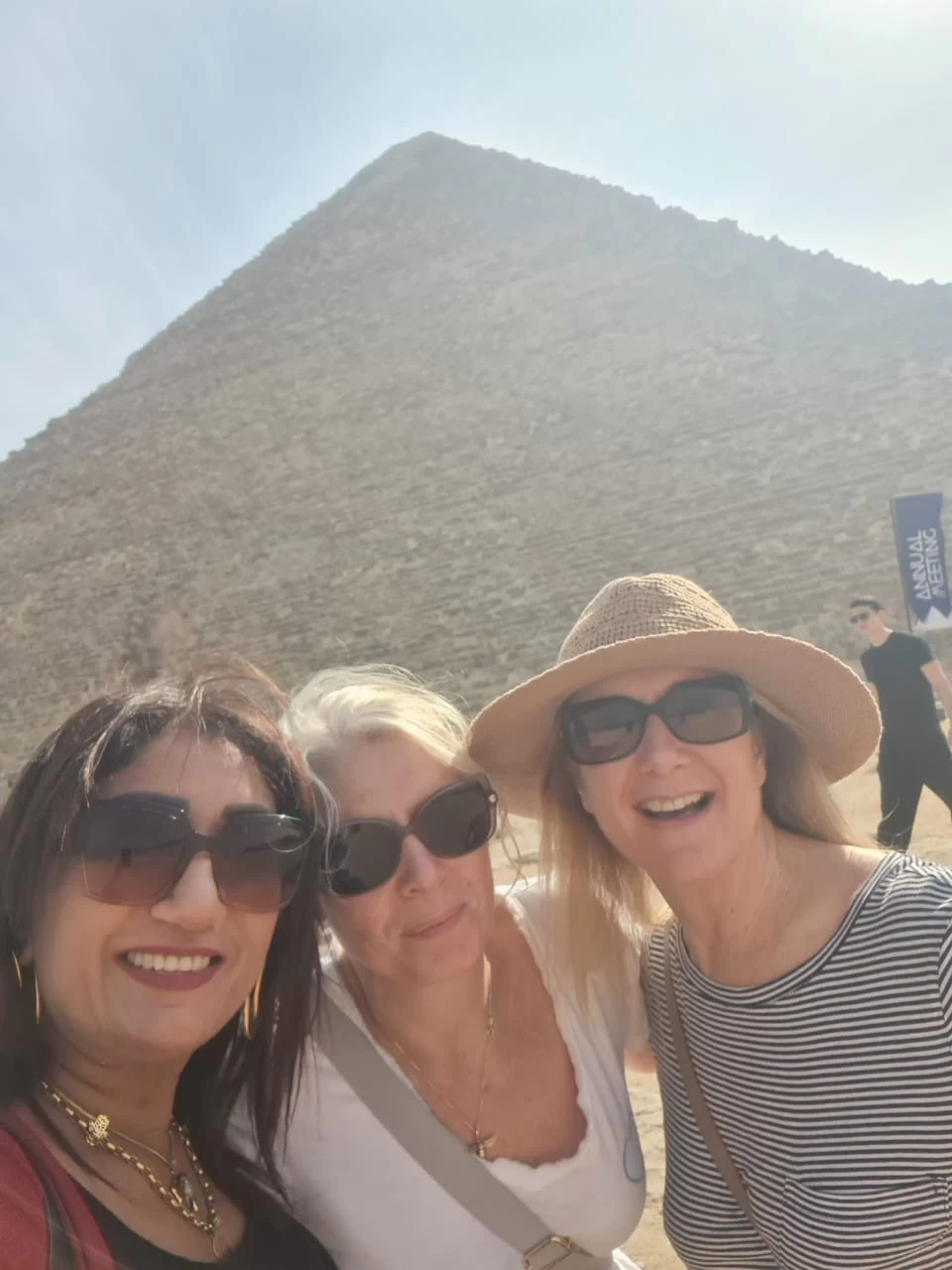


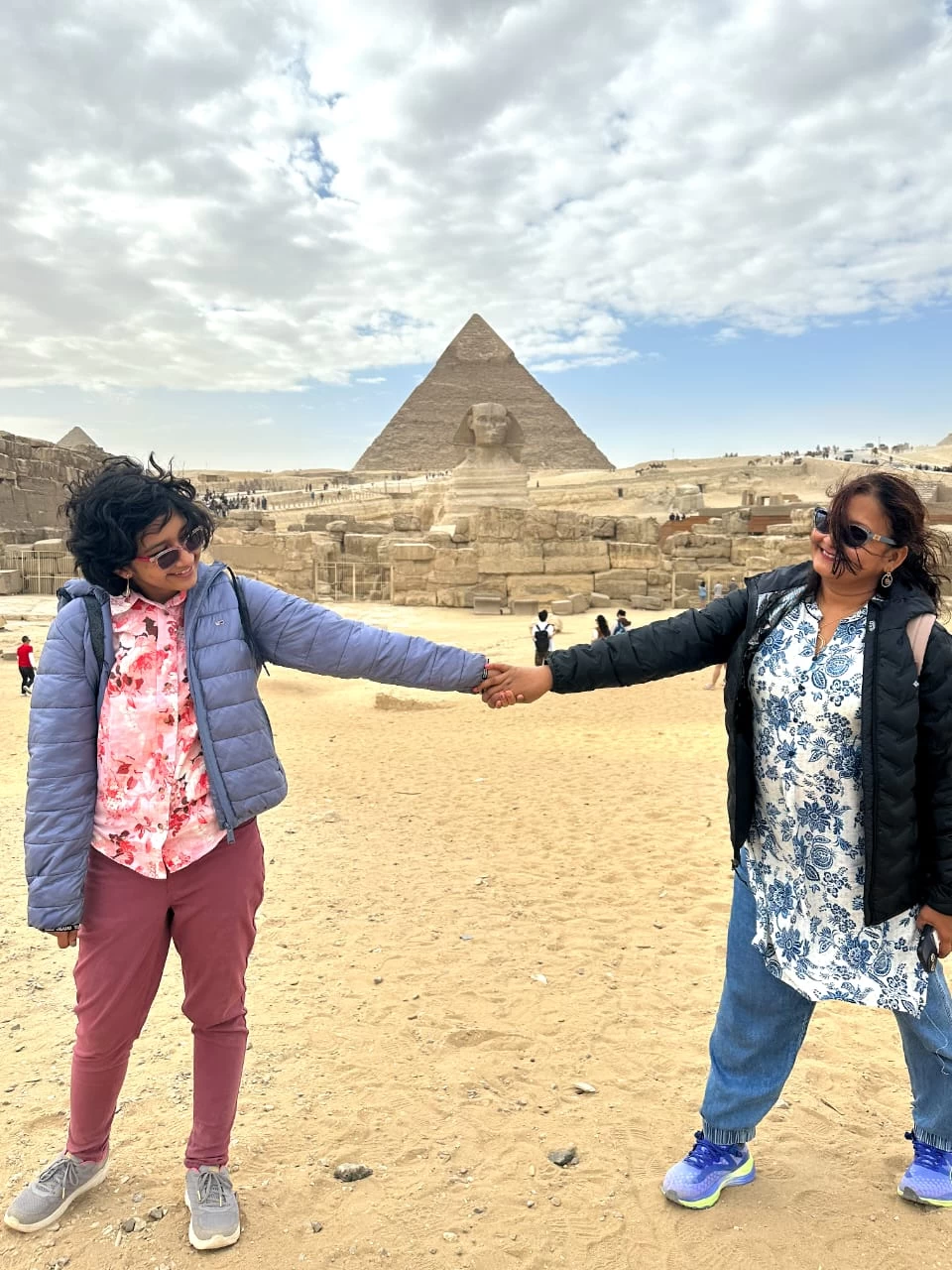
-webp.webp)
-webp.webp)







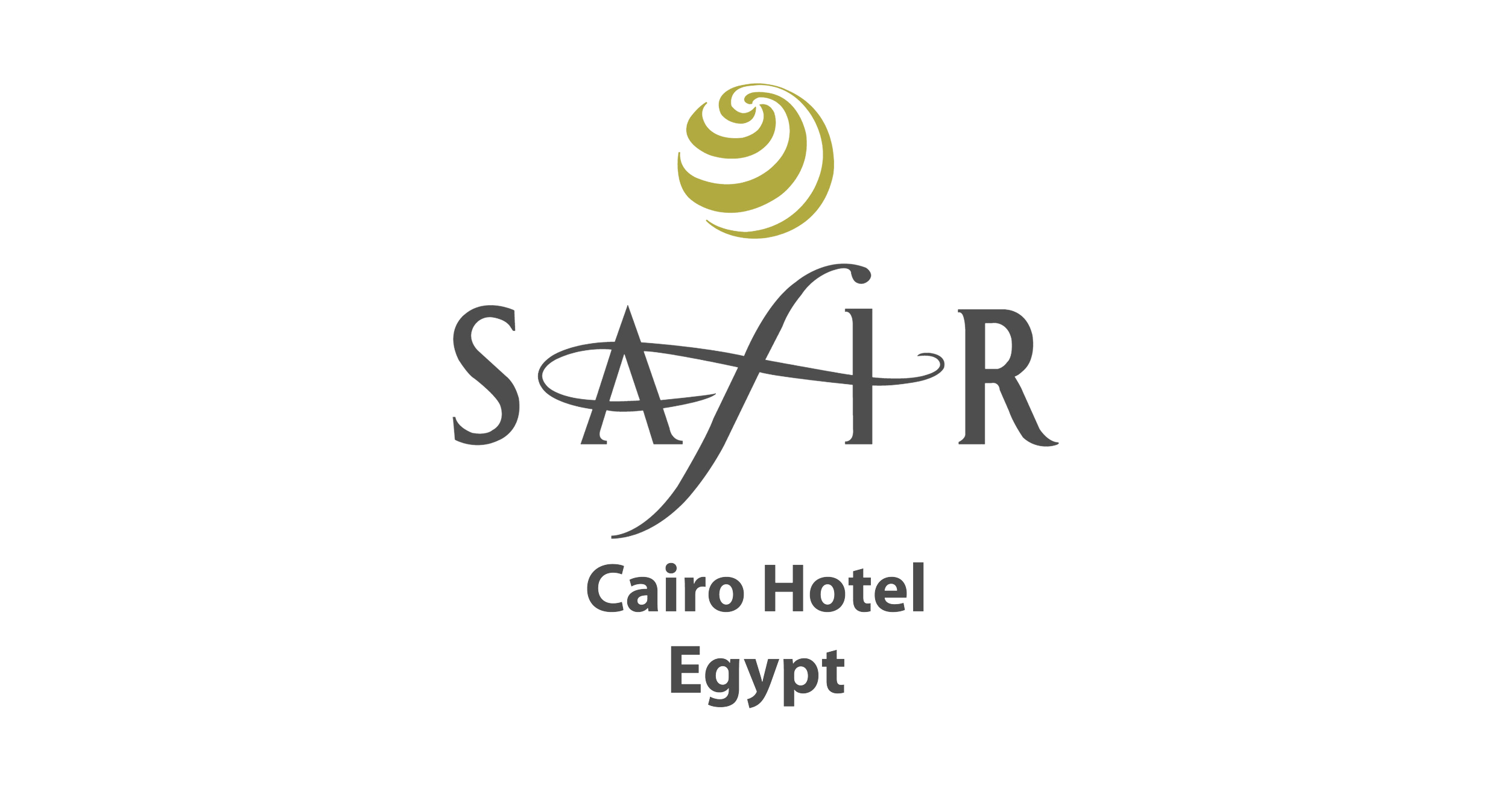


.png)

